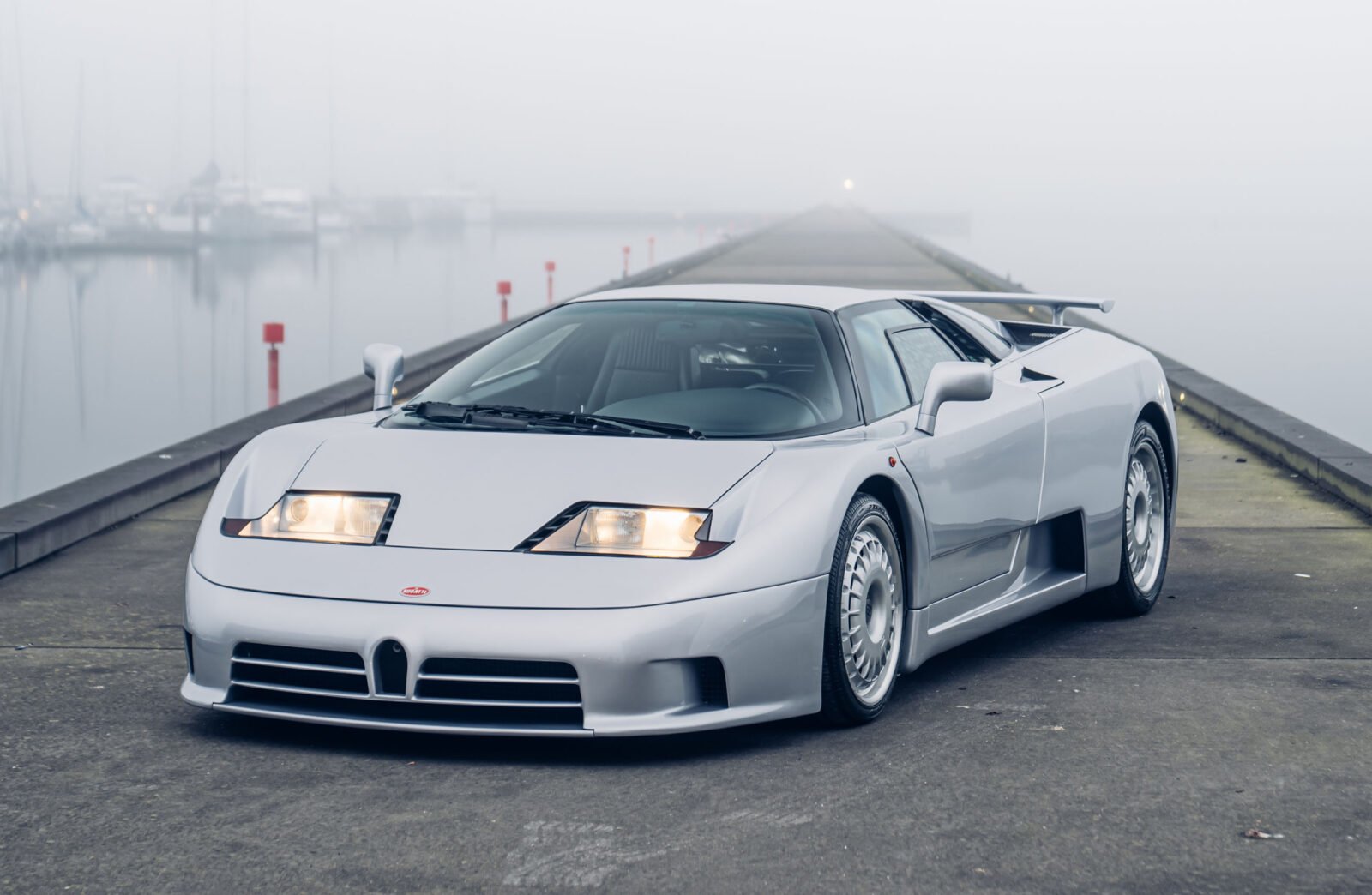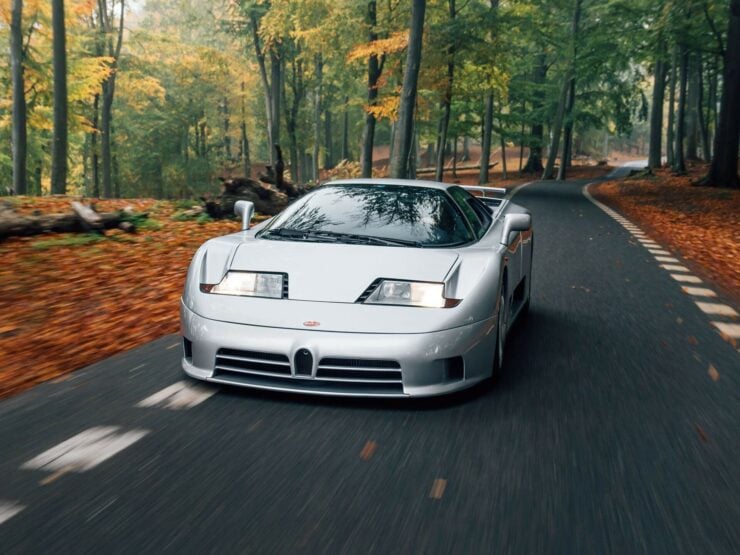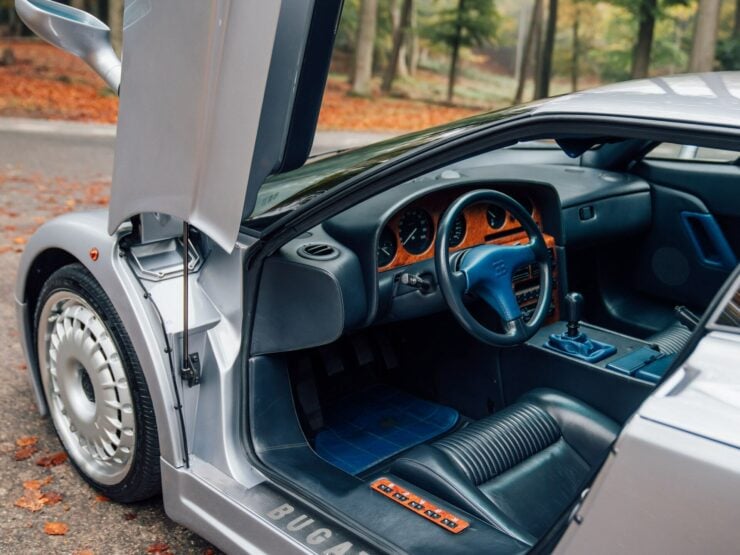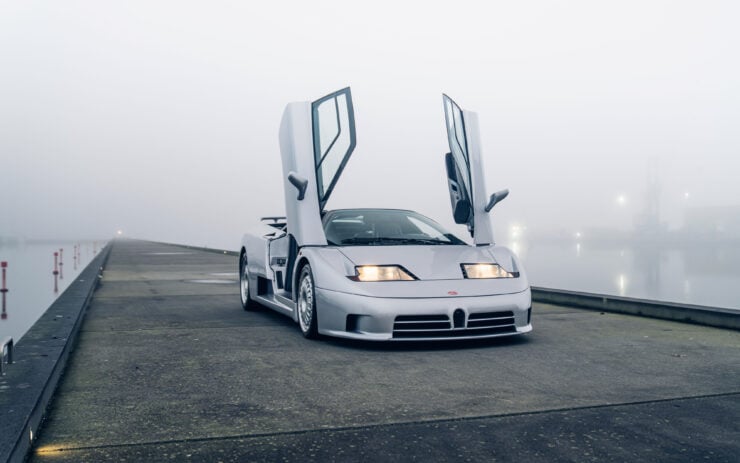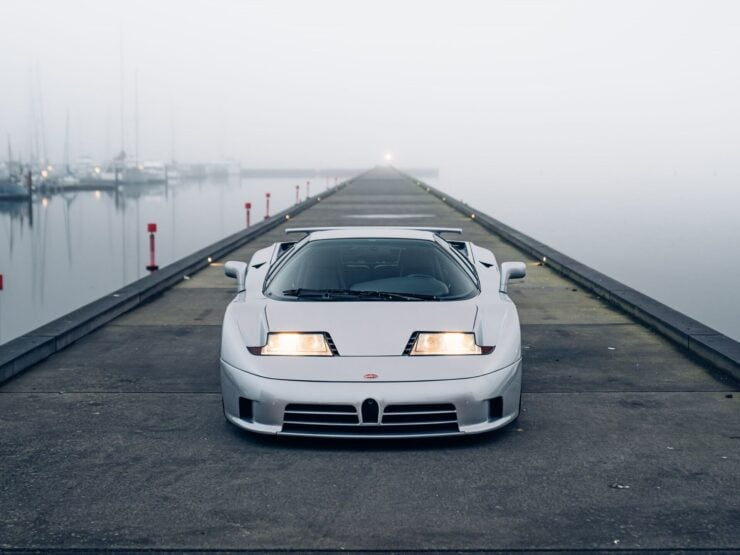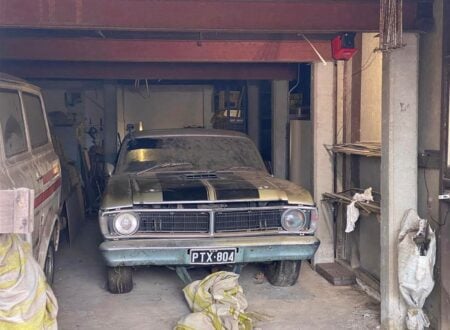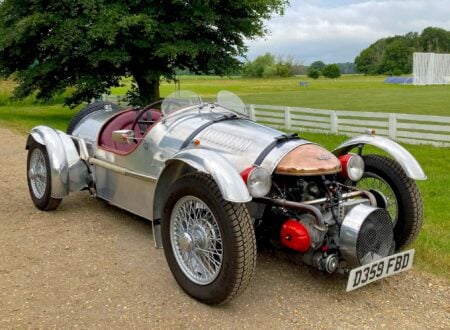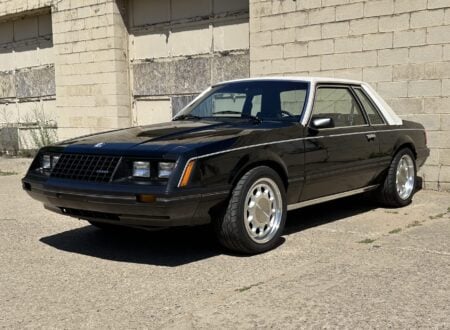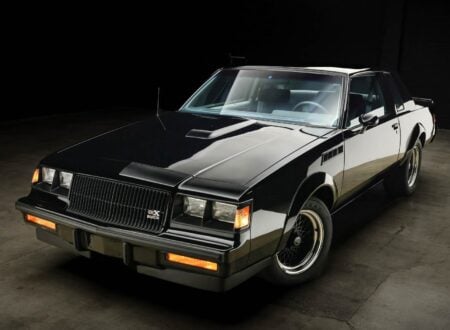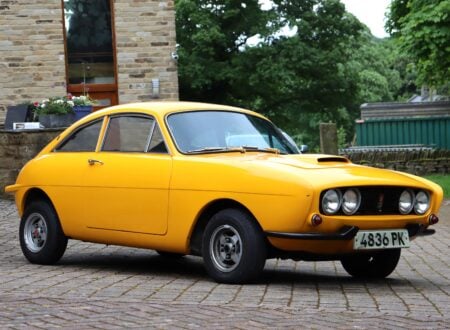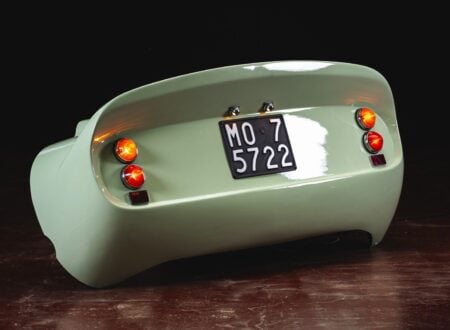The Bugatti EB110 was a true successor of the original pre-war Bugattis that had been created by Ettore Bugatti and his son Jean. It combined beauty with supercar performance made all the better by its advanced all-wheel-drive system and blistering performance.
Fast Facts – The Bugatti EB110 GT
- The Bugatti EB110 was the result of the work of Romano Artioli who attempted to restart the Bugatti marque on the advice of Ferruccio Lamborghini and Paulo Stanzani.
- The Bugatti EB110 made its public debut on the 110th anniversary of Ettore Bugatti’s birth: hence the name EB110.
- The E110 was designed with full time four-wheel-drive and a 60 valve (5 valves per cylinder) V12 engine.
- The car started out with an aluminium honeycomb chassis but problems with this weakening led to the change to carbon fibre.
- The EB110 was made in two versions; the EB110 GT, and the extra high-performance EB110 Supersport.
- The Bugatti company had also planned to make a luxurious passenger car in both two door and four door variants called the EB112, but went bankrupt before they could do so.
The Bugatti Marque Reborn
The beautiful cars of Ettore Bugatti were a casualty of the Second World War, as France sought to re-build what had been destroyed some companies were able to recover, and some were not. Ettore Bugatti, the founder of Bugatti, had lost his son Jean in a car accident on August 11th, 1939, just as the war was beginning, and so he did not have his son to work alongside him, nor did he have an heir to take over the company and continue the vision.
The war resulted in the destruction of the Bugatti factory, but Ettore Bugatti sought to begin all over again to establish a new factory at Levallois, a northwestern suburb of Paris.
Perhaps it was Ettore Bugatti’s way of dealing with the loss of his son, the near destruction of his nation – and destruction of his business that he had invested his life into along with it. Perhaps it was Bugatti’s determination as a Frenchman that he was not going to be defeated by the Nazis, but was going to eradicate all traces of their destruction from his life. Perhaps he just needed to put all the grief behind him, and work to go forward, departing from the tragedies of his past.
Ettore Bugatti held on until August 1st, 1947, when he passed away at the age of 65. His company kept going for a bit longer, it made its last showing at the 1952 Paris Auto Salon, and then closed its doors that same year.
This left the marque dormant, but there were those who really wanted to see it reborn, and one of those who was willing to try to make that happen was Italian Romano Artioli.
Artioli was a friend of Ferruccio Lamborghini and Paolo Stanzani, and in the 1980’s he ran one of the largest Ferrari dealerships in the world. Lamborghini and Stanzani suggested to Artioli that a team could be brought together to resurrect the Bugatti marque and this piqued Artioli’s interest.
Above Video: This episode of Jay Leno’s Garage is focussed on the EB110 and its history.
Negotiations to purchase the brand name were complex but successful. Artioli brought together a team to lead the company that included Jan K Breitfeld as President of the newly formed Bugatti International, and Artioli himself took on the role of chairman of Bugatti Automobili S.p.A which was set up in October 1987.
Romano Artioli’s wife Renata Kettmeir also came on board bringing to life the Ettore Bugatti luxury goods manufacturing company using the “EB” logo.
The Design Process and Development Prototypes
By the end of 1987 Artioli had found and acquired a 75,000 square meter site for the new Bugatti workshop in Campogalliano, by the Modena to Verona highway – right in the heart of supercar country. In early 1988 the construction of the various buildings was underway with Giampaolo Benedini working with Paulo Stanzani, progress was well organized and rapid.
First the engineering vision for the new Bugatti was refined and established. Its dimensions were decided, and the engine and drive-train concepts were worked out. This work was spearheaded by Tecnostile, headed by Tiziano Benedetti, Achille Bevini, and Oliviero Pedrazzi, under direction of Paulo Stanzani.
The car was to be powered by a proprietary 3.5 litre V12 engine with five valves per cylinder to optimize power and flexibility. This was not going to be a highly strung and difficult to drive road going race machine, but rather a car which would be easy and comfortable to drive both in the country and city, and the engine was a key component to achieve that.
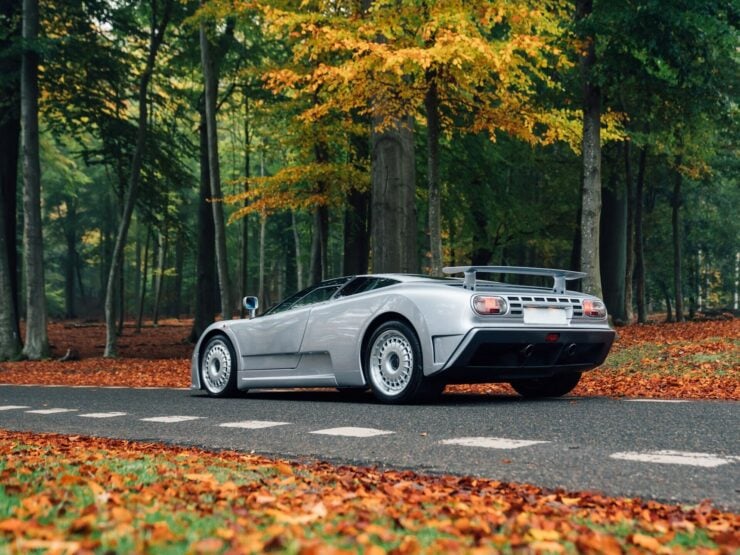

The engine was to be installed in the longitudinal mid-rear-engine location with the gearbox mounted alongside it and feeding into the four-wheel-drive system: this new Bugatti was planned to have the best of then available technology and all-wheel-drive was chosen to help create a car with superior handling in all conditions, including ice and snow.
Suspension was to be by double A-arms front and rear, and the chassis was to be of aluminum honeycomb construction – a type of construction used on racing cars including Formula 1 and Indy Cars. These alumunium honeycomb chassis were to be made by French Aerospace maker Aerospatiale, the same people who had been trusted to make components for the Anglo-French Concorde.
Next was to come the all important aesthetic styling – this was to be an automotive work of art and the importance of the styling was not underestimated. Romano Artioli especially was fussy in the extreme about the design details of the car – its success would depend in it being something even more desirable than a Ferrari or Maserati.
This was supremely important, there was scant point in creating something that was equivalent to a Ferrari, it had to be superior in every way. This was a tall order but it was an essential principle. For example, in France in the 1920’s and 1930’s the Avions Voisin luxury cars were made to be superior to Rolls-Royce, smoother, quieter, and aesthetically jaw-dropping. Just as the Avions Voisin were made to be works of art, so this new Bugatti EB110 was to be also.
Romano Artioli’s insistence on perfection no doubt rubbed a few designers the wrong way, but oftentimes a visionary has to be a tad disagreeable in order to achieve an undiluted vision.
Paulo Stanzani, who had been a part of the design of the Miura at Lamborghini joined the Bugatti team in 1989 and he and Artioli sought designs from four highly regarded and experienced designers: Paolo Martin (who had designed the Ferrari Modulo), Giorgetto Giugiaro (creator of the Maserati Boomerang and Lotus Esprit), Nuccio Bertone (who had designed for a number of makers including work on Ferrari 250 GTs and the Dino 308 GT4), and Marcello Gandini (famous for the Lamborghini Miura, Espada, and Countach).
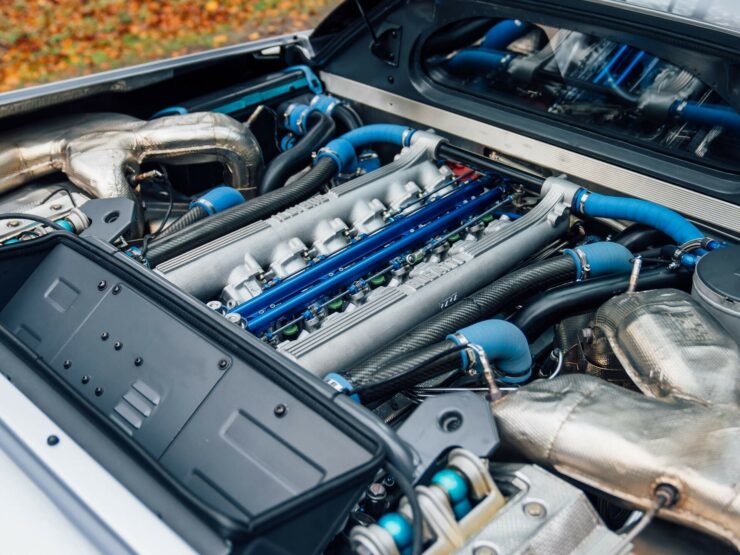

It was to be the proposal by Gandini which gained the most acceptance and work proceeded to create working prototypes based around his work. But Artioli was not impressed with it as presented and so he asked Gianpaolo Benedini, who had designed the new factory, to make changes in accordance with his wishes.
Initially five working prototypes, numbered A1 to A5 (the A standing for Aluminium) were created based on the aluminium honeycomb chassis design and variously used for testing. This testing resulted in changes to the power delivery ratios through the all-wheel-drive system and also revealed that the torsional stiffness of the aluminium chassis deteriorated by as much as 20% as it was exposed to the rigours of the practical tests.
Aerospatiale advocated a change to a carbon-fibre construction and this method created a chassis with about double the stiffness of the aluminium honeycomb one – so the change was made and the next ten prototypes were built on the carbon-fibre chassis: these being labelled C06-C15 (the C being for Carbon).
In time for the 110th anniversary of Ettore Bugatti’s birth Romano Artioli staged a grand unveiling of the EB110, using prototypes A2 and A5. Artioli and his wife were determined to make the unveiling of the new Bugatti EB110 a memorable affair to impart to the new model a large dose of fashionable desirability – they were creating the cachet for a new luxury car and they knew their market and how to accomplish that.
They were also aware that Bugatti was known as a French car marque and so, despite the fact that the new Bugatti EB110 was being designed and made in Italy by Italians, it was important to honour France with the car’s debut. So it was decided to do the unveiling ceremony in front of the Grande Arche de la Défense, near Paris, and then also at Versailles.
EB110 GT – Production
The pre-production prototype number C12 car was configured as an EB110 GT and was shown at the Paris Motor Show of 1992. The official registration of the EB110 model type came through on 16th of September 1992 after final homologation with crash testing of prototype C14.
Production began straight after that with customers either personally picking up their cars from the factory, or having them delivered.
With production and sales underway Artioli turned his design team’s attention to creating a more high peformance version of the EB110, which was to be the EB110 Supersport. The first prototype being built on the C9 prototype.
The Supersport version entered production in April 1993 and the first car was delivered to the Sultan of Brunei. One of the next Supersports was painted bright yellow and purchased by none other than Formula 1 champion Michael Schumacher.
By the end of 1993 Bugatti is able to announce its international dealer network with agents in Switzerland, Britain, Belgium, the Netherlands, Japan, and of course Italy.
With the EB110 in production at that stage Artioli set his sights on the North American market, which brought with it some hurdles to cross in dealing with that highly regulated environment. By August of 1994 those regulatory requirements are met and the car was able to be sold in the United States. The model for the US market was called the EB110 America, and a US dealer network was set up.
By this time sales were progressing steadily and the future of the EB110 looked promising.
He Who Dares Does Not Always Win
The motto of the elite Special Air Service regiment is “Who Dares Wins” and Romano Artioli had without doubt dared, and put in a gigantic effort to not only create a new Bugatti, but also make a commercial success out of it. This had required many seven day weeks and long shifts into the night to turn the vision into a reality.
Bugatti was progressively plunged into increasing financial difficulties and their efforts to get over the hurdles to get out of trouble did not succeed. Bugatti had purchased British car maker Lotus which had been helpful to them, especially as they were working on getting the EB110 American approved, but that purchase had over stretched Bugatti’s finances.
The solution attempted was to try to sell Lotus, but no buyer was found. Meanwhile Bugatti’s parts suppliers seem to have become nervous as to the financial health of the company and they became reluctant to supply the parts necessary to complete the ordered cars on the production line. Bugatti was declared bankrupt on September 23rd, 1995.
Bugatti EB110 GT092
The actual number of EB110 cars completed is uncertain, it is thought to have been around 130 or so in total, and these cars are recognized as collector treasures and owners tend to hold onto them.
Of the total production 85 are believed to have been built to the GT specification, and one of these, GT092, is coming up for sale by RM Sotheby’s at their Miami auction to be held on December 10, 2022.
This car is painted in Grigio Chiaro over an interior trimmed in Grigio Scuro upholstery. It was completed in September 1994 and then sent to Auto Koenig in Germany before being purchased by a client from Mulheim, Germany, in January 1995.
This car was then sold to Netherlands based owner Franco Pastorelli who has a Bugatti specialist shop Franco Auto, where the car was cared for before it was sold to a client in the Netherlands and was enjoyed by him until he passed away.
The car has a thorough ownership and maintenance record and is presented for sale in excellent condition.
You can find the sale page for this EB110 GT here.
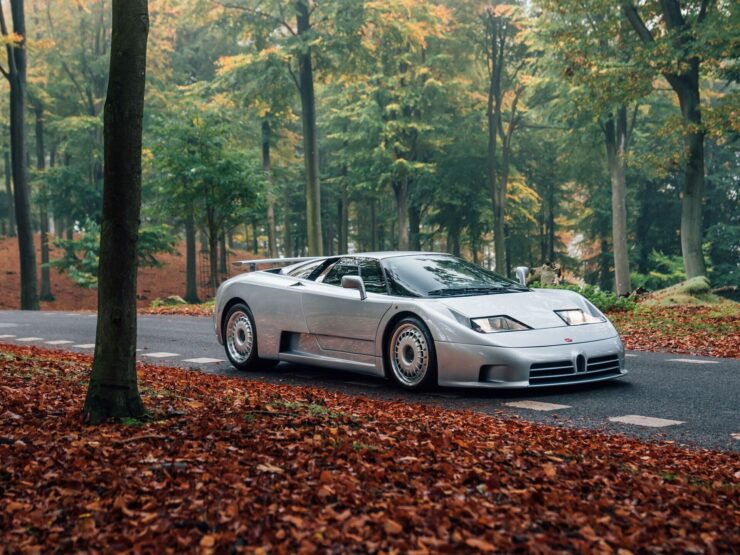
The Bugatti EB110 is a car of quite stunning beauty and of true supercar performance. Standing to 60 mph is accomplished in 3.7 seconds, standing quarter mile in 12.5 seconds finishing at 119.5 mph (192.3 km/hr), and with a top speed of 220.6 mph (355 km/hr).
The car features fully independent suspension all around by double wishbones, an all-wheel-drive six speed manual transmission, and its mid-engine 60 valve (five valves per cylinder) V12 engine produces 553 hp @ 8,000 rpm and 451 lb/ft of torque @ 3,750 rpm in GT specification. That torque is distributed to the wheels at a ratio of 27% front to 73% rear.
The Bugatti EB110 stands out as one of the most desirable GT cars ever created and it is a great shame that it was prevented from achieving the success it undoubtedly deserved. In terms of its value as a collector’s item, and as a future investment, it would seem to have the requisite attributes of being rare, technologically highly advanced, and a thing of great artistic beauty that continues on a greatly respected marque: things that tend to ensure a car obtains a substantial collector value – and keeps increasing in value.
Only time and market conditions will determine if that holds true for the EB110, but it remains one of the greatest Bugattis ever made, I think Ettore and Jean Bugatti would have loved it had they lived to see it.
Picture credits: All pictures courtesy Alex Penfold @ RM Sotheby’s
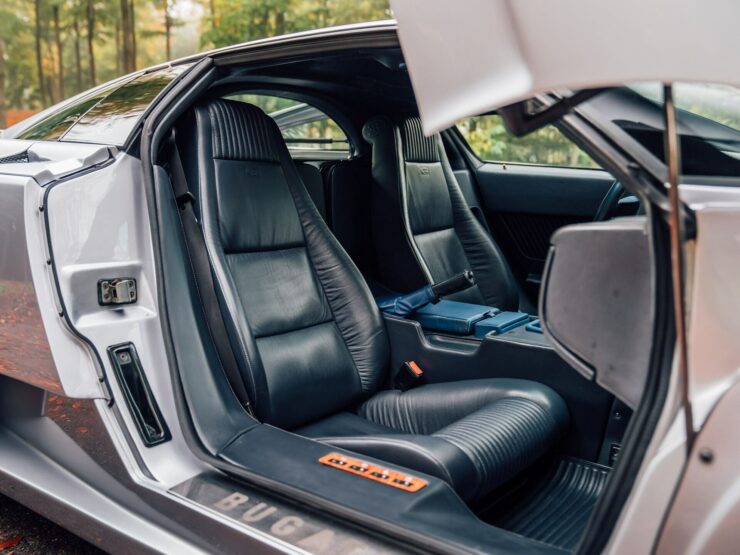
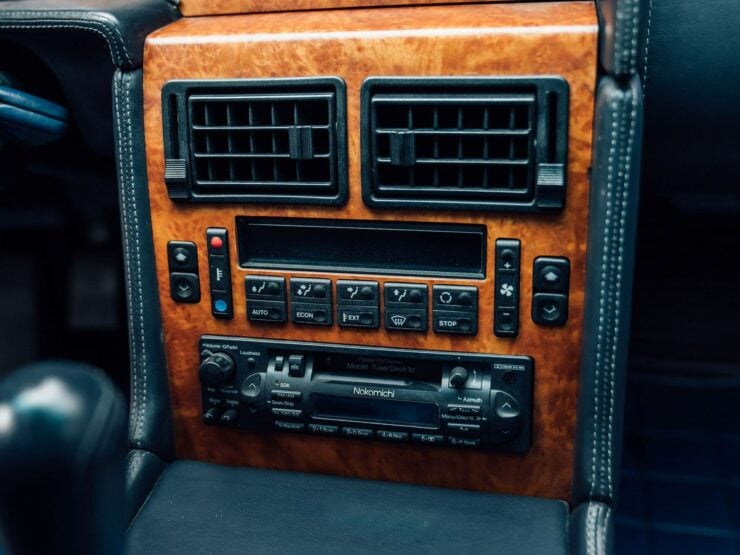
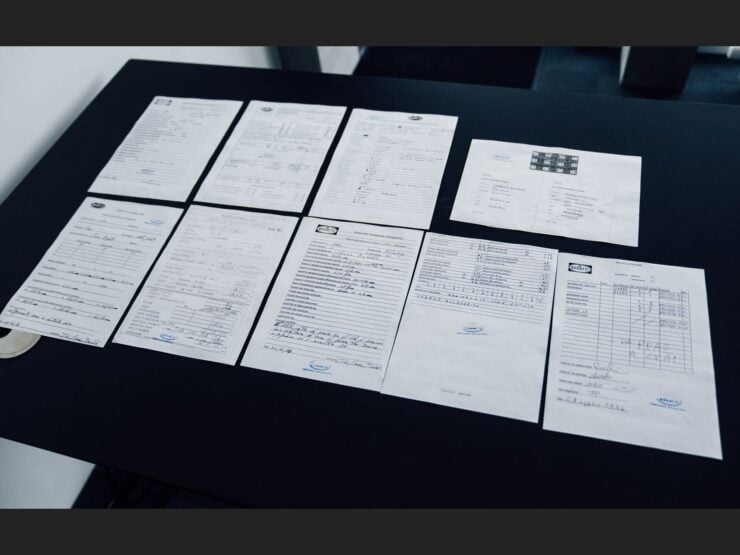
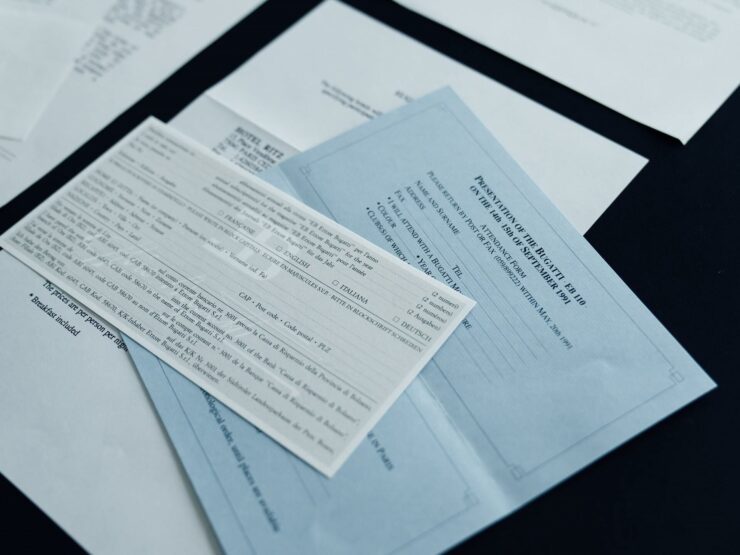
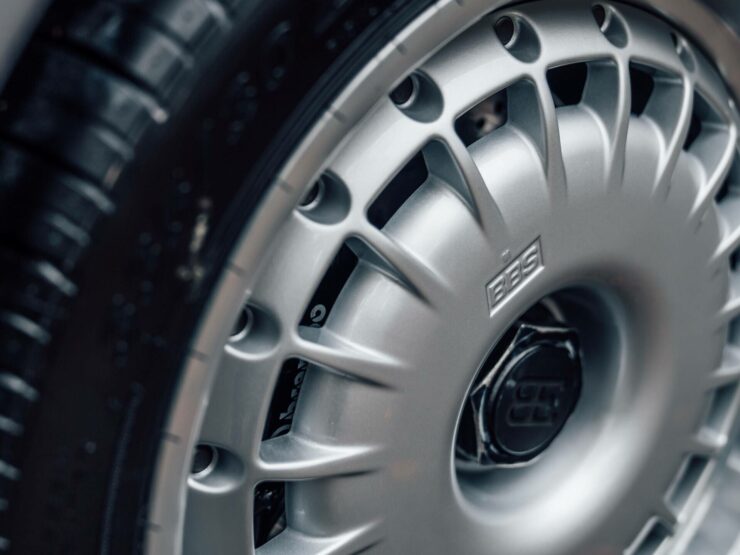
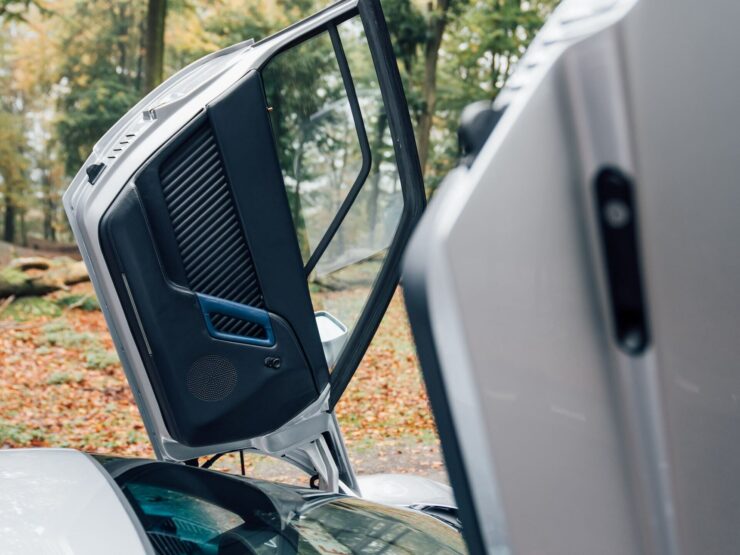
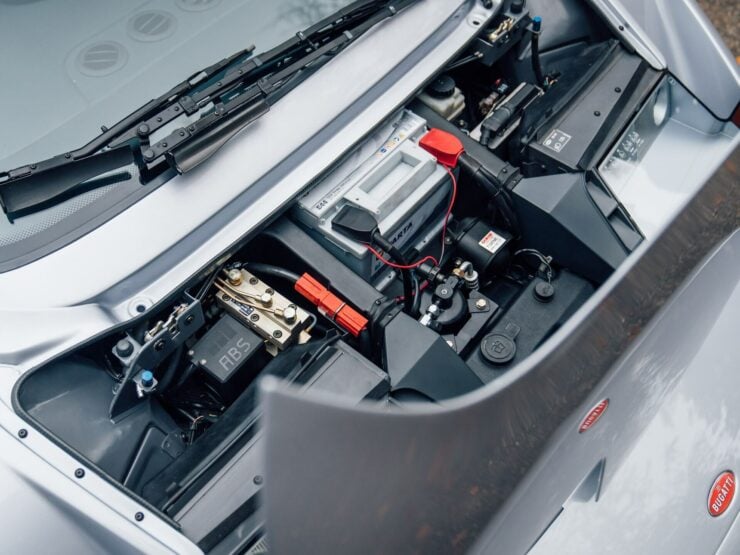
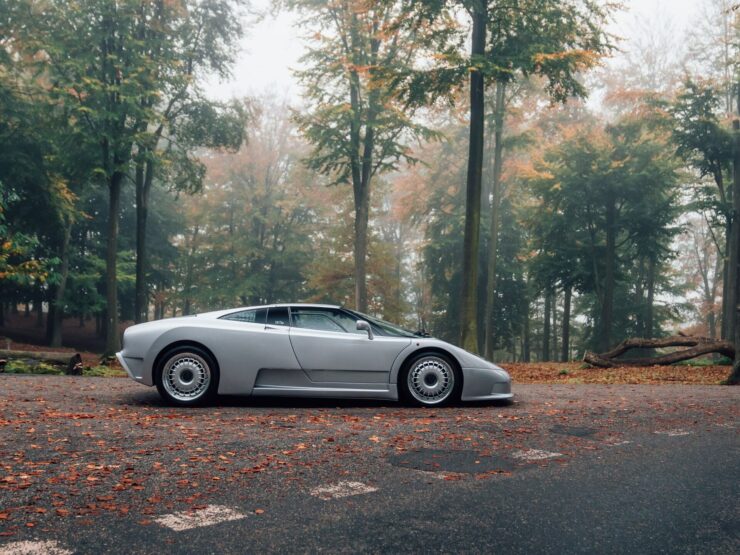
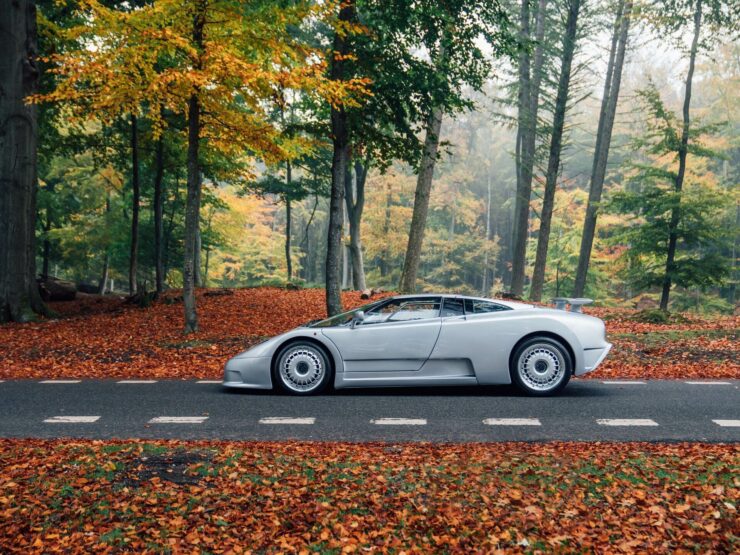
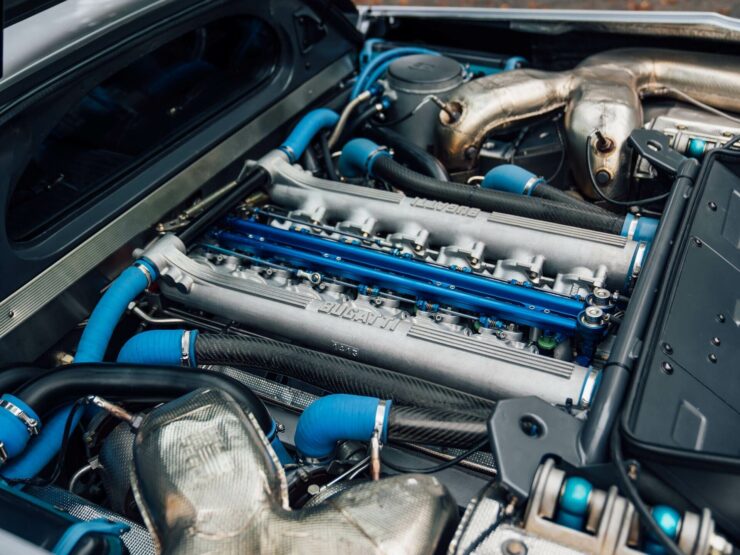
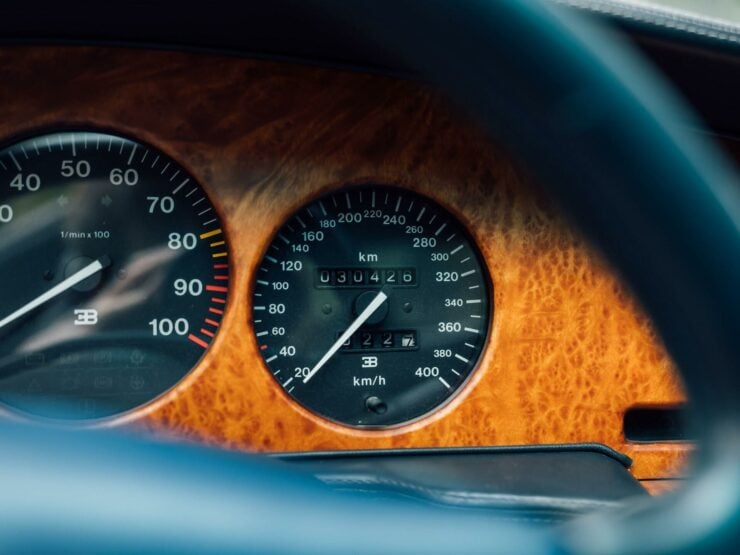
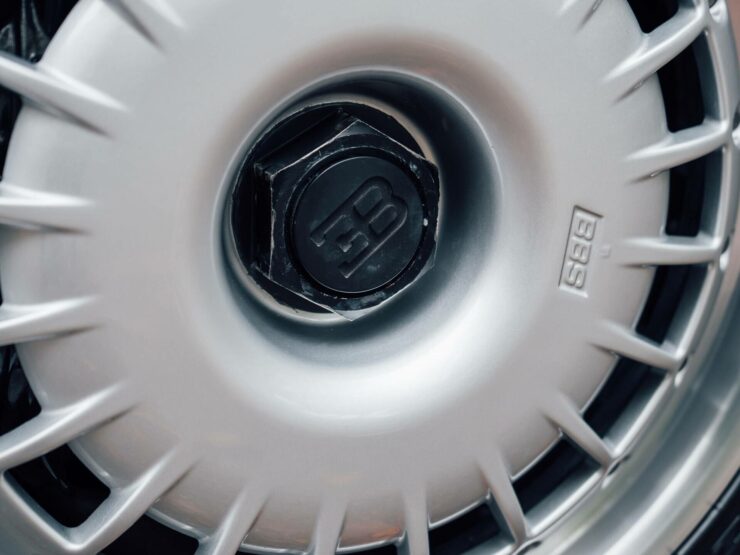
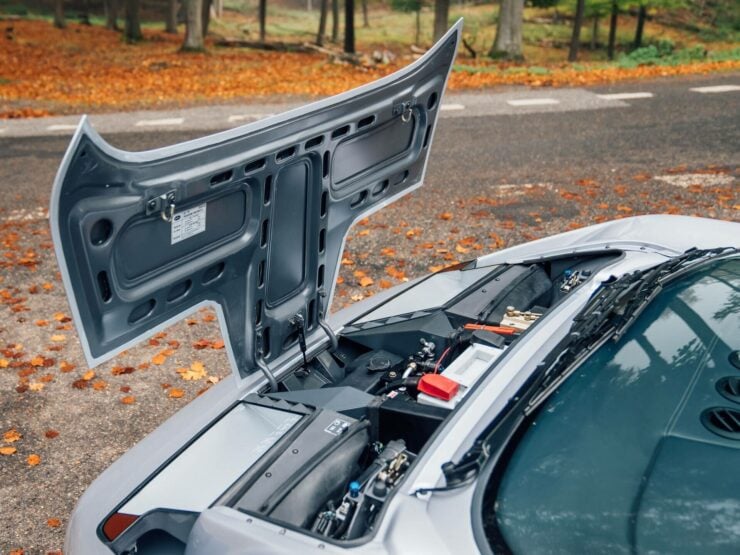
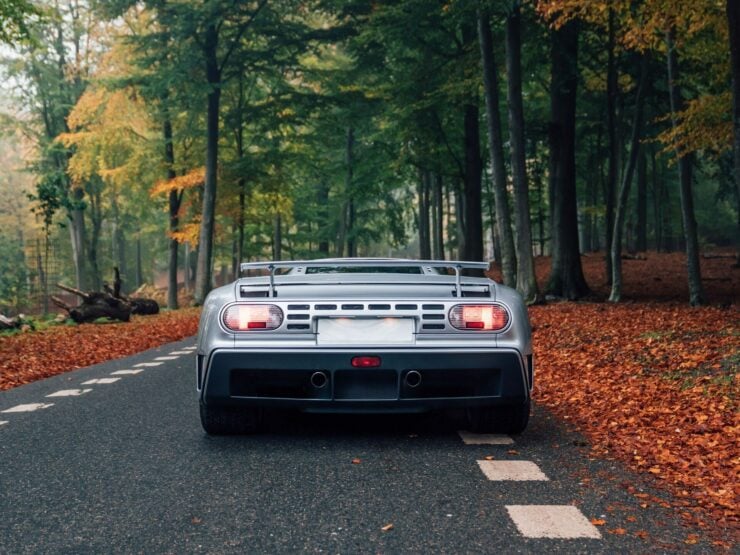
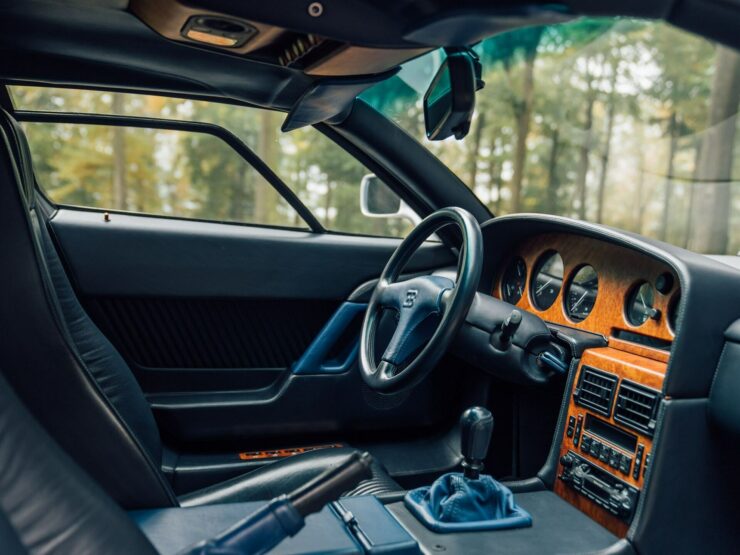
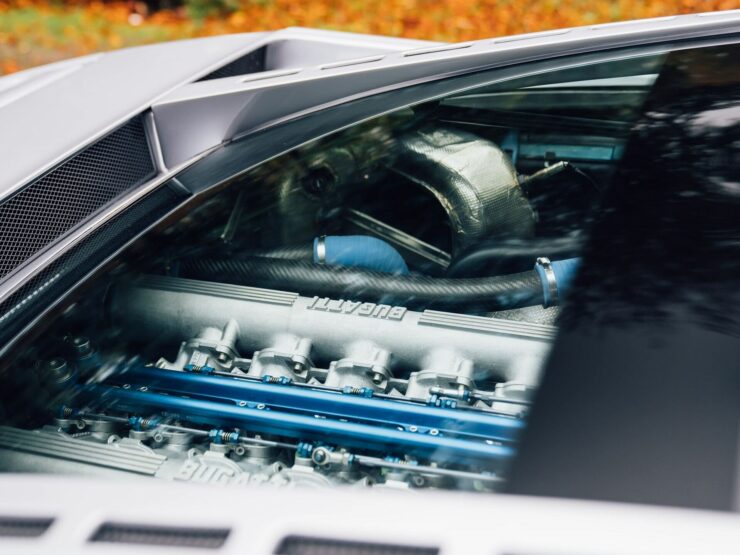
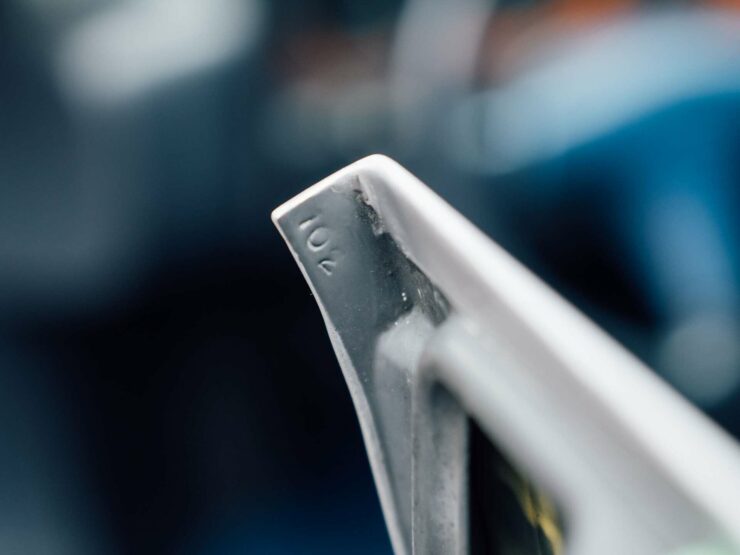
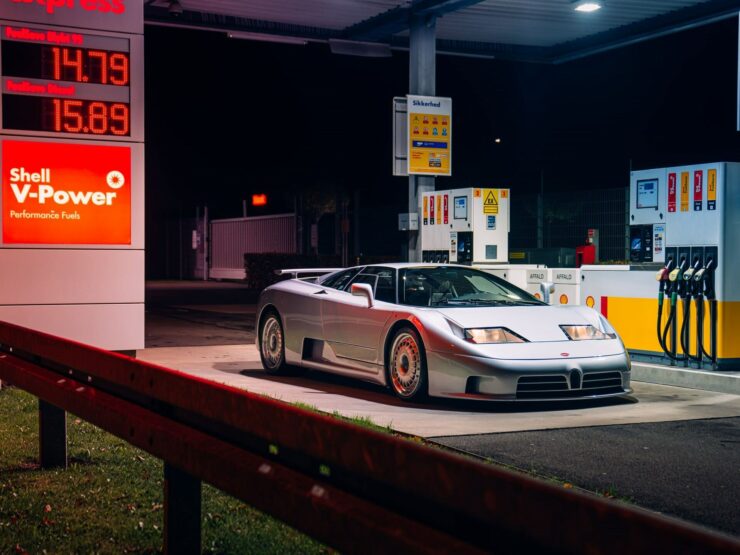
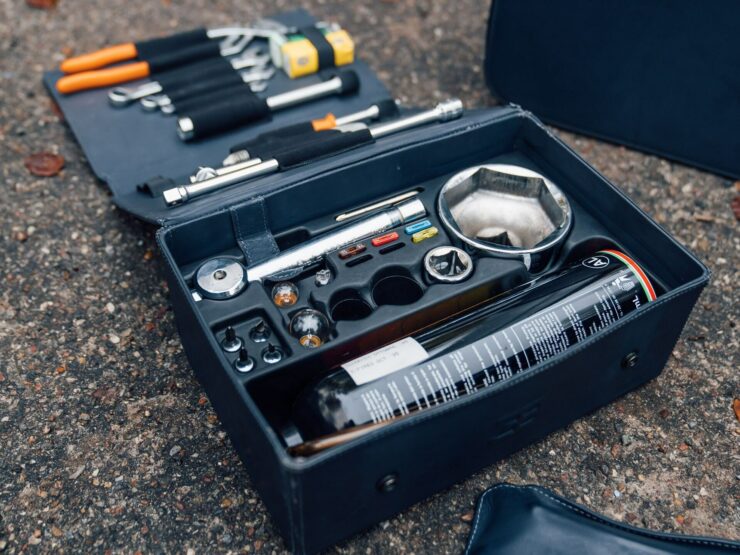
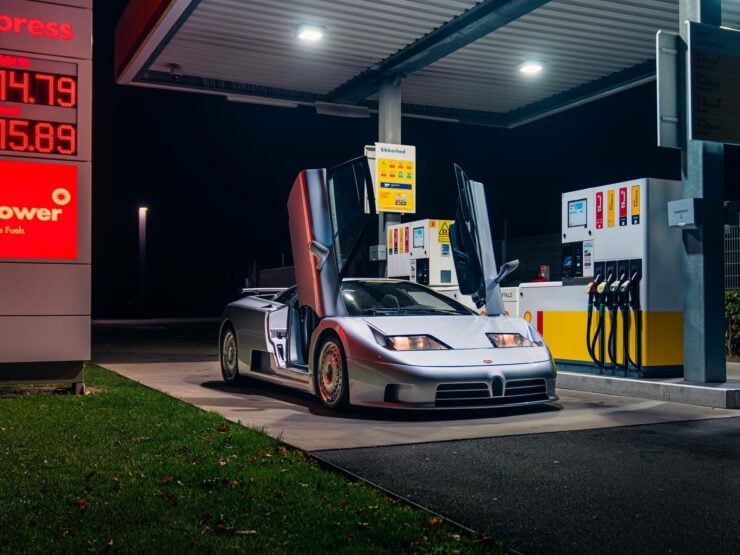
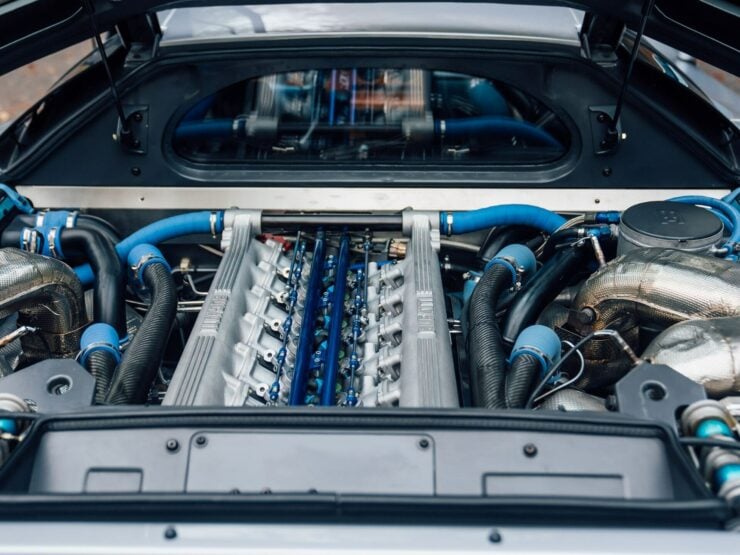
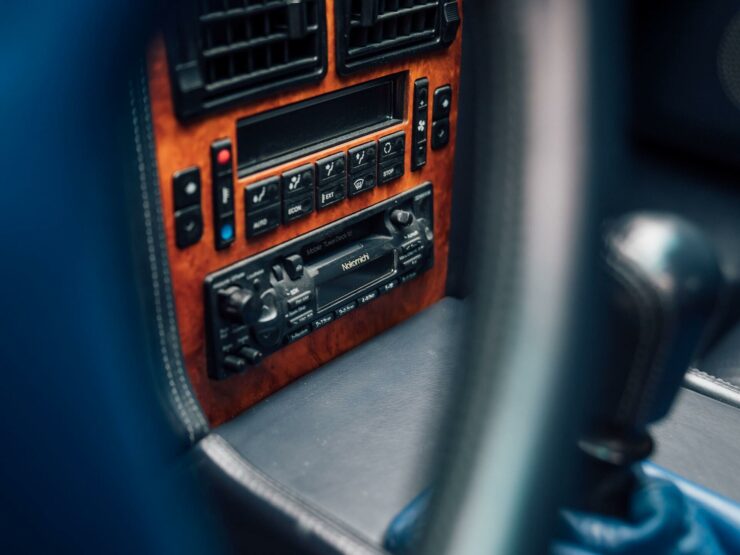
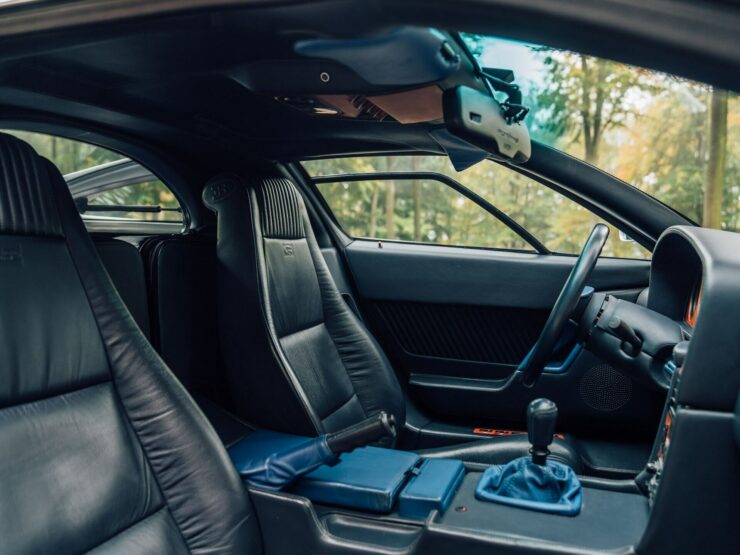
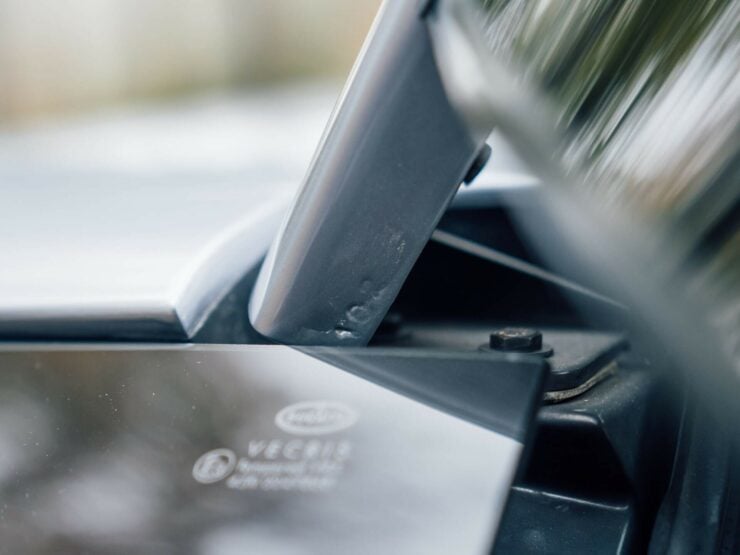
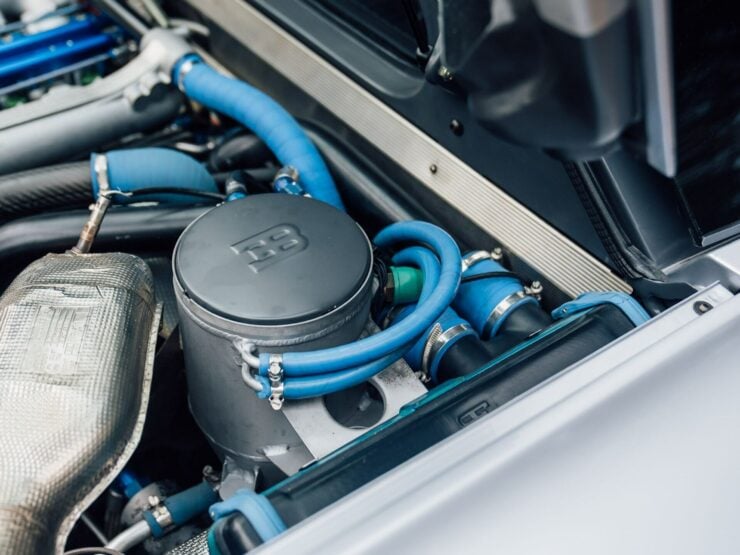
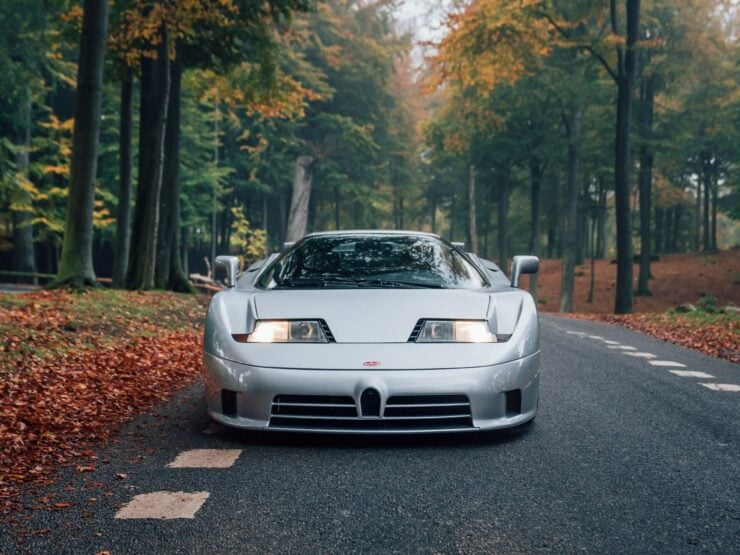
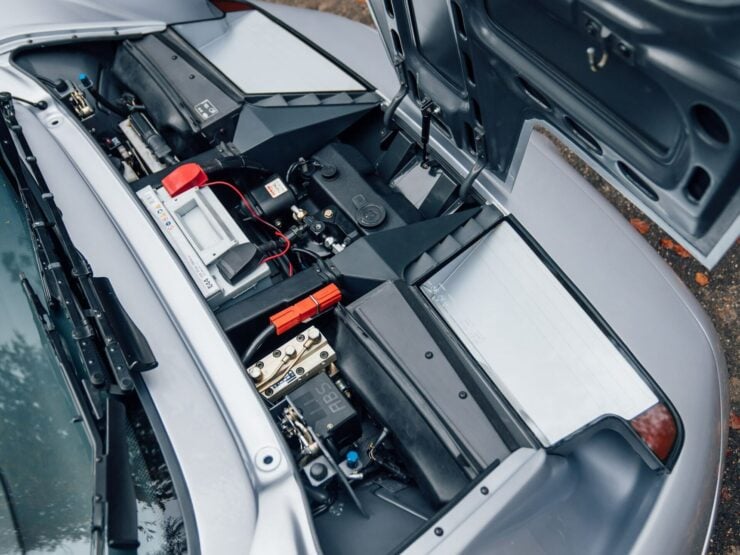
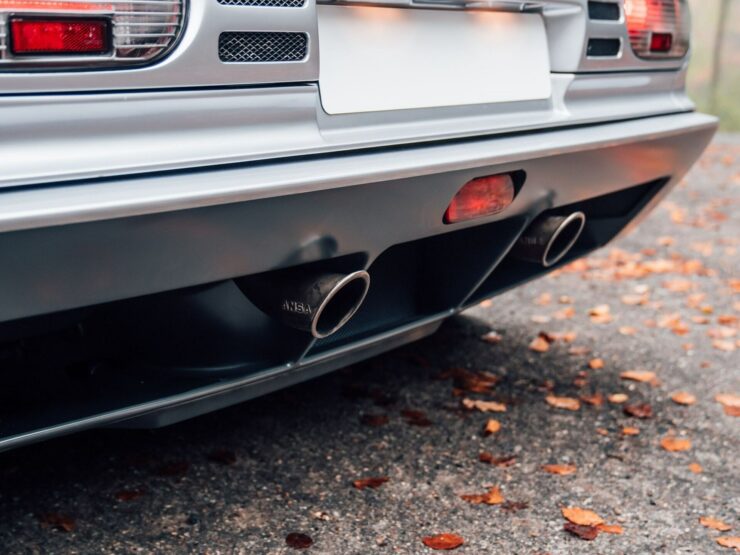
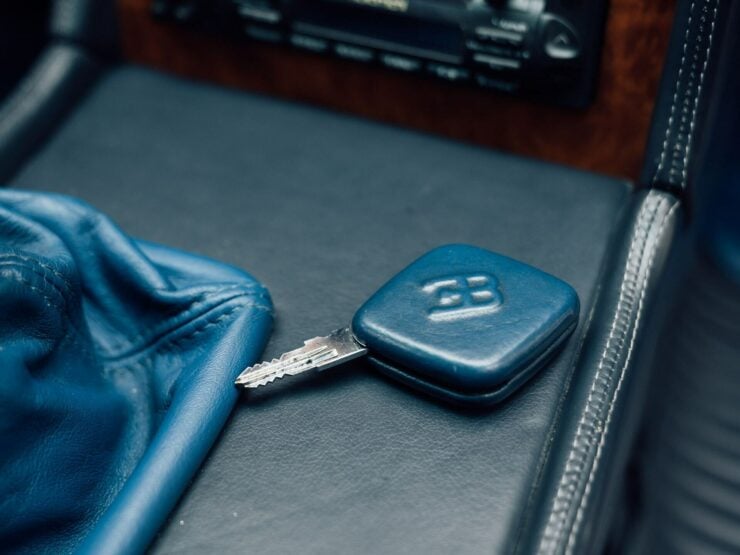
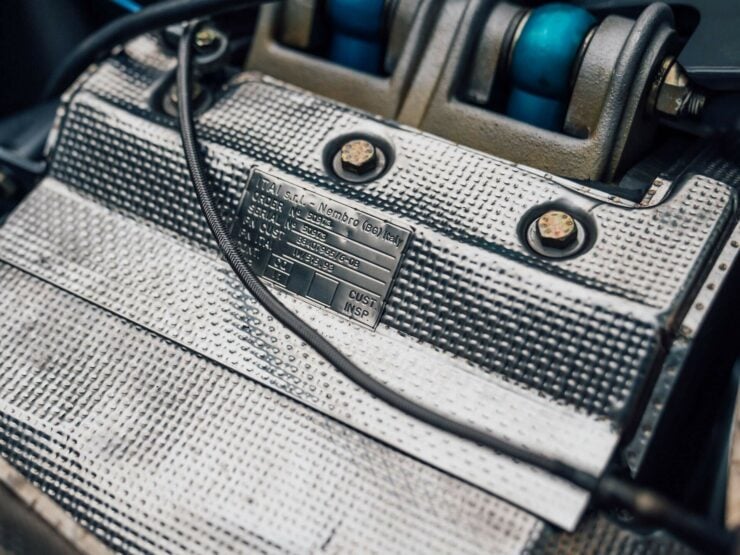
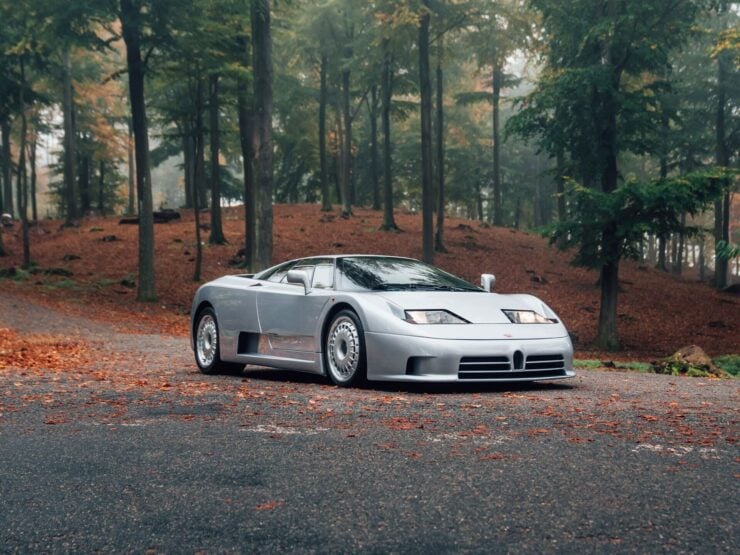
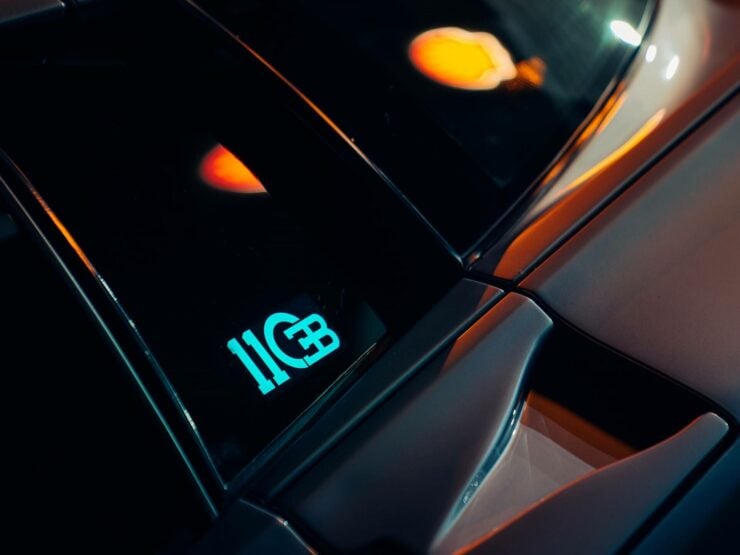
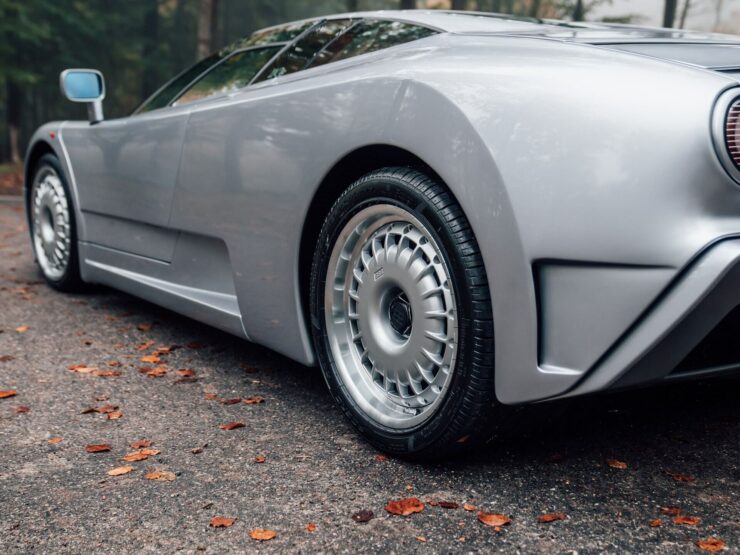
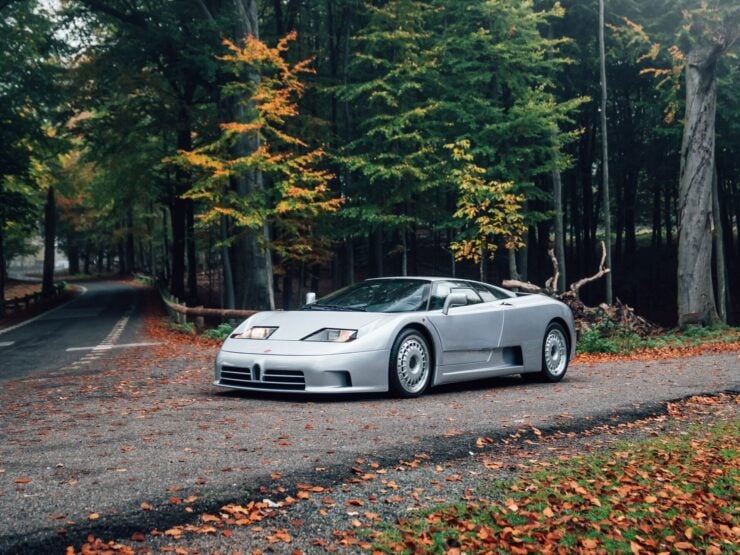
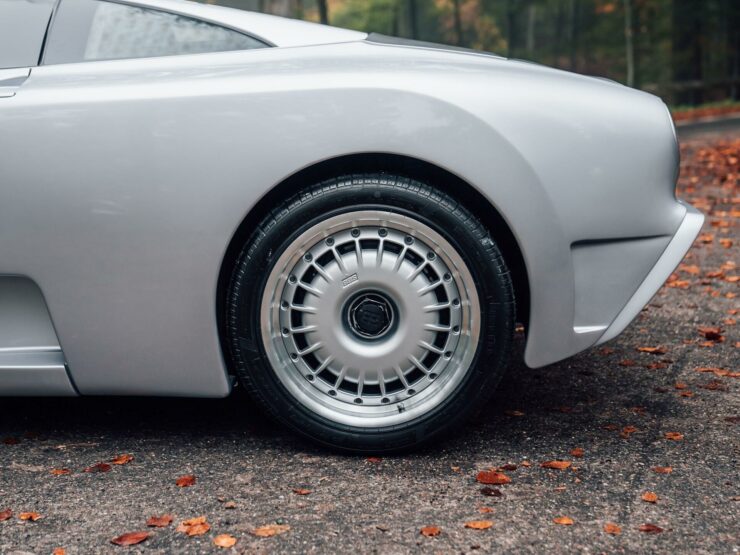
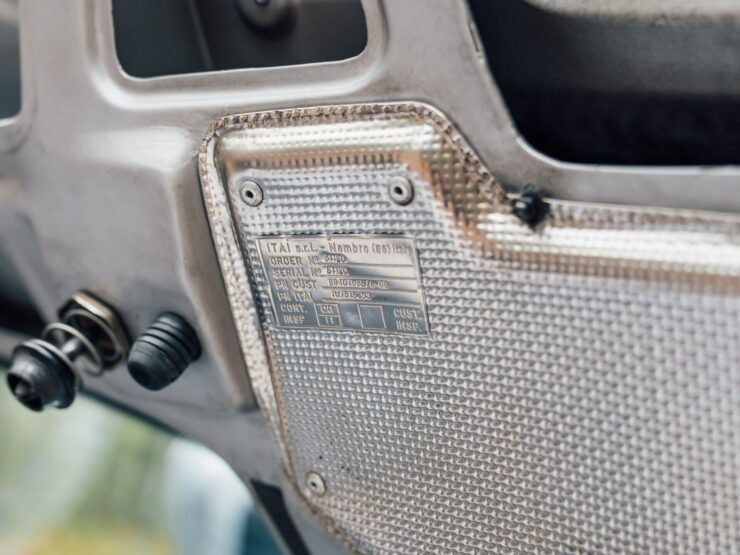
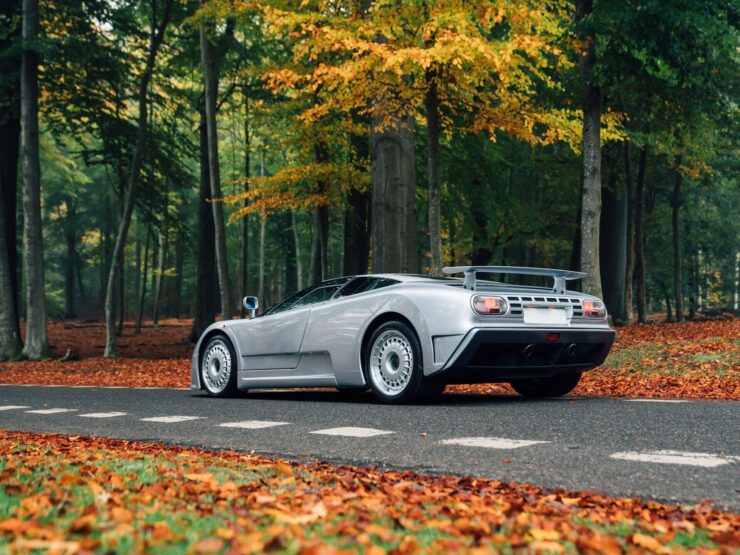
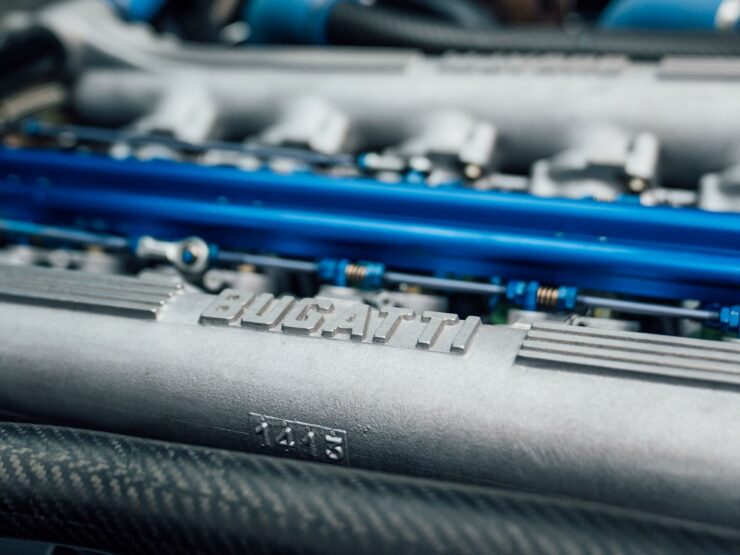
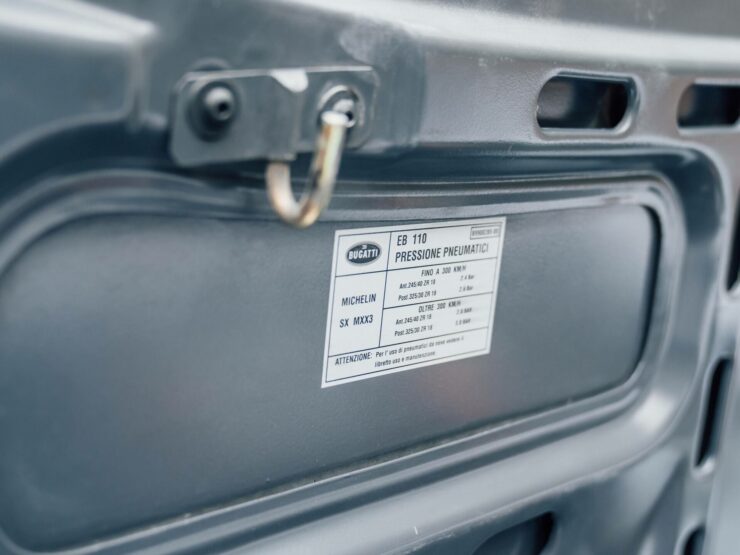
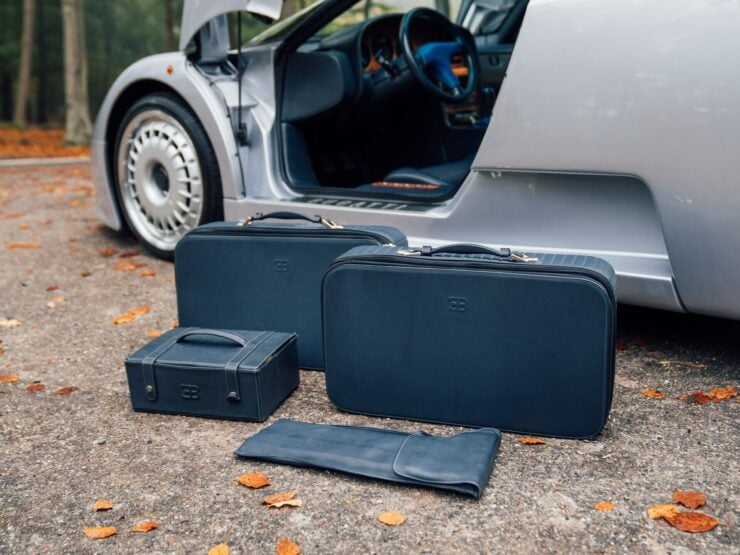
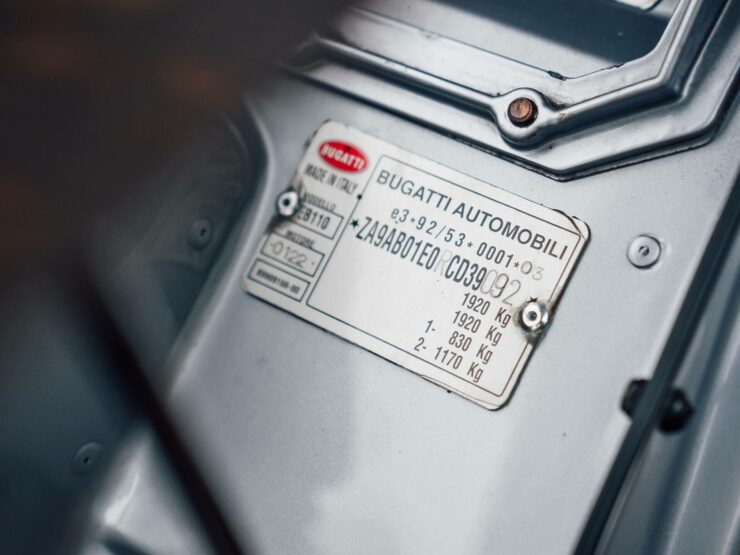
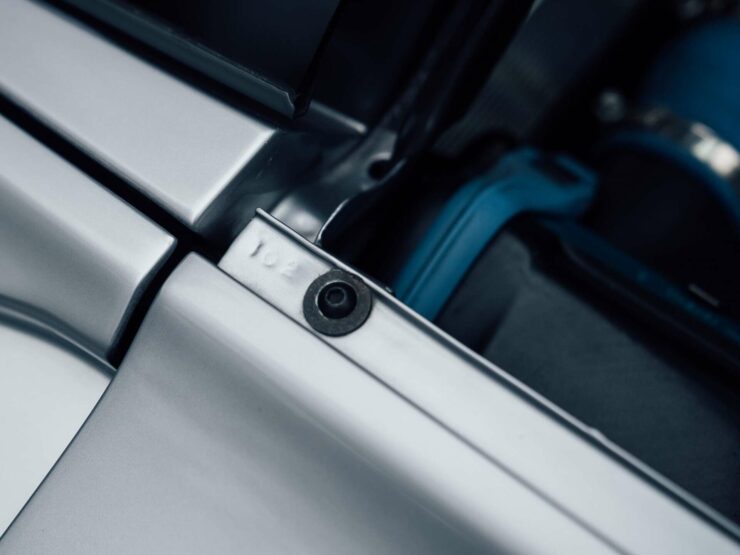
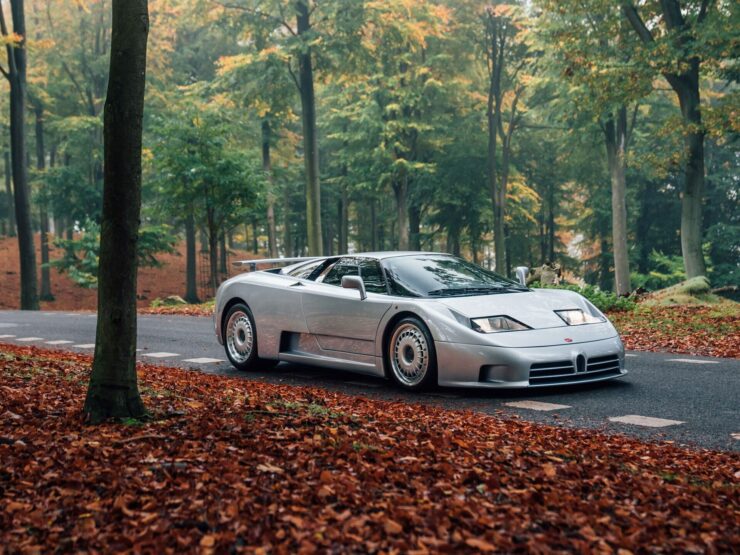
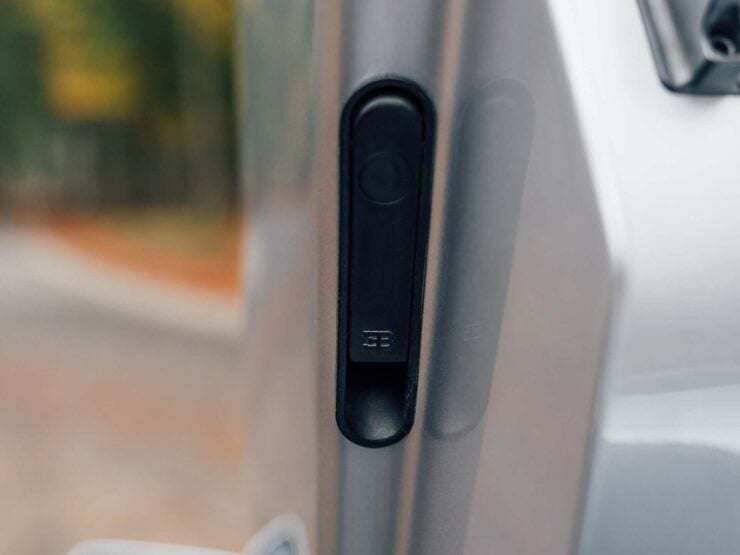
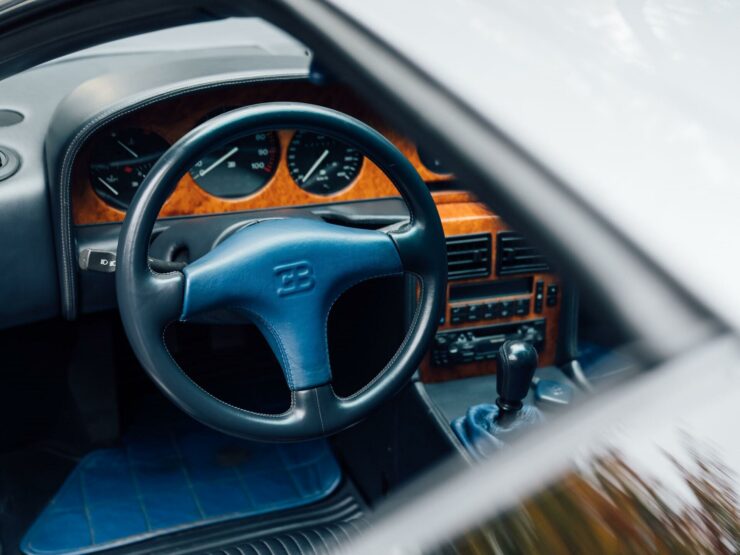
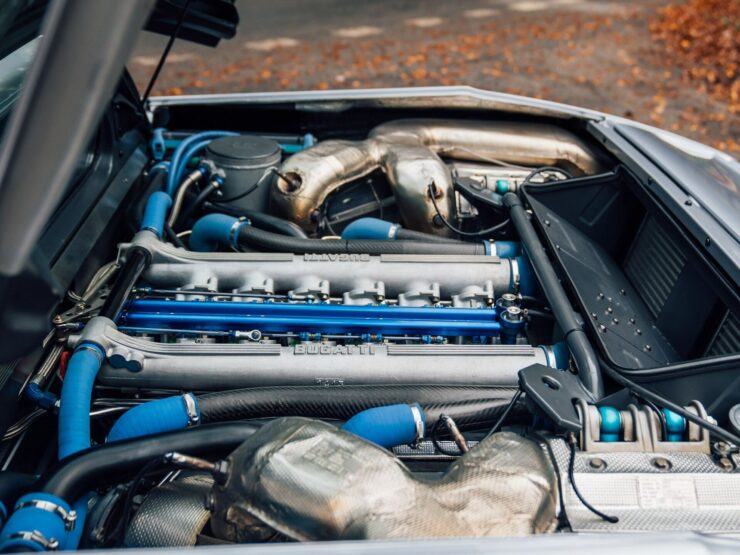
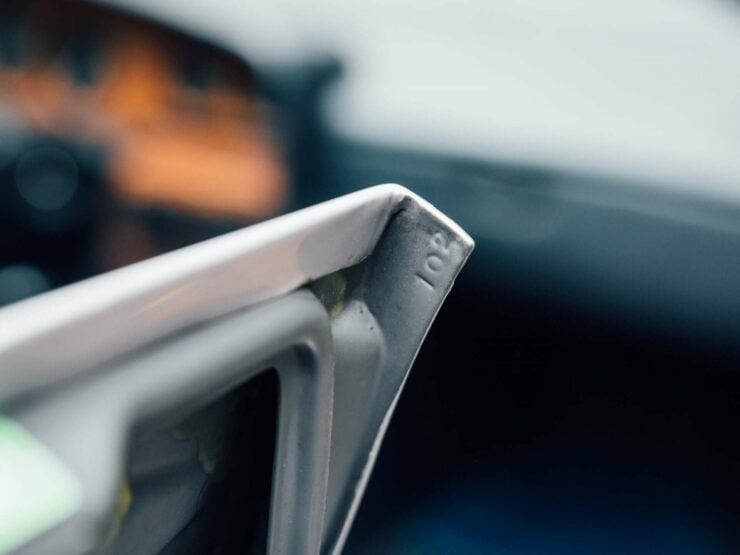
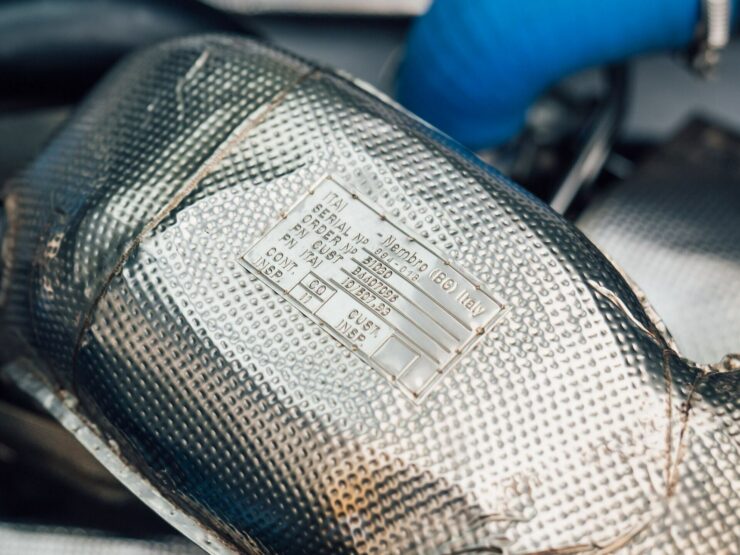
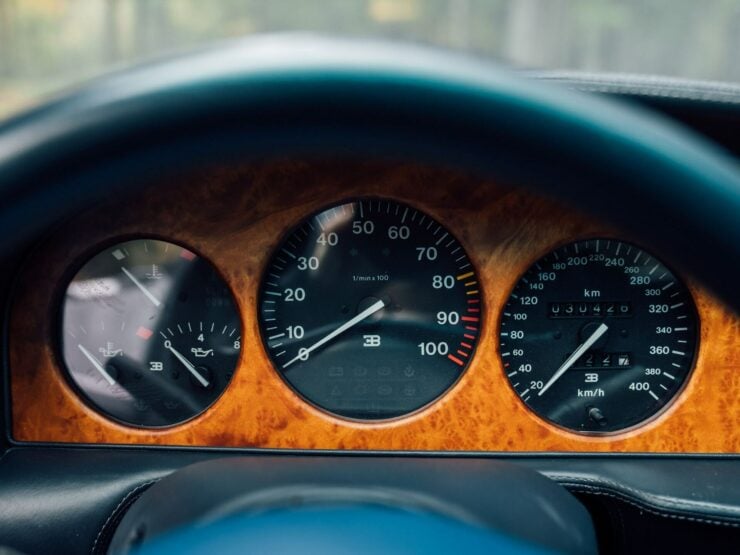
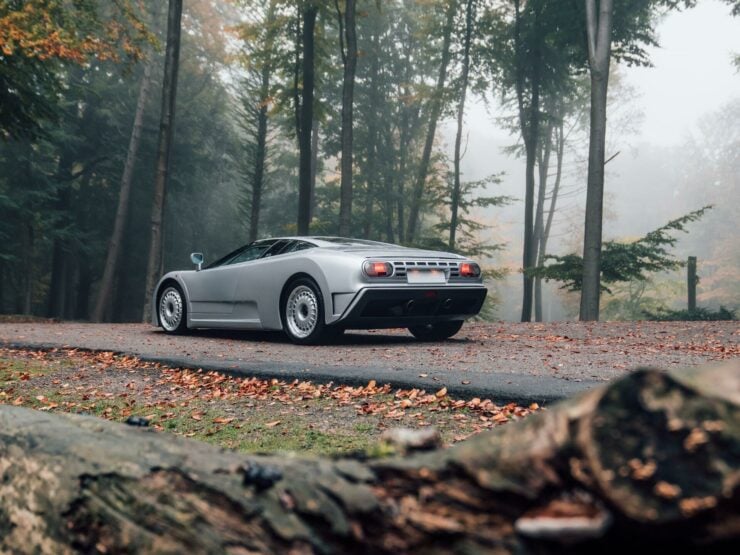
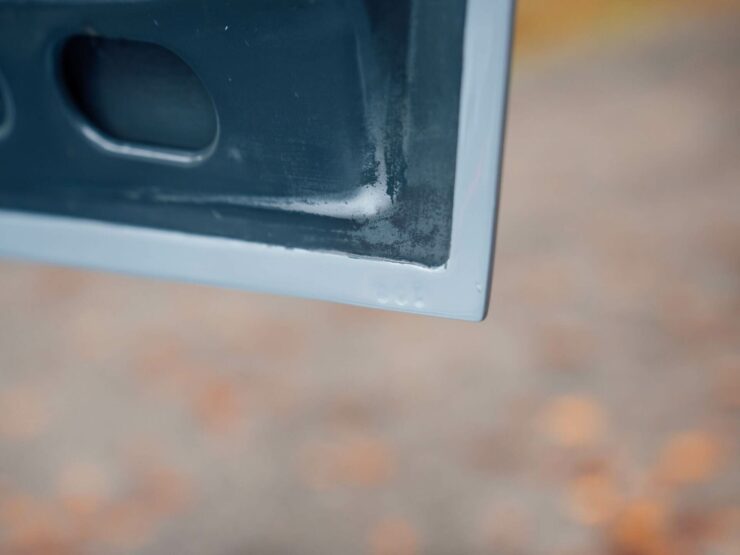
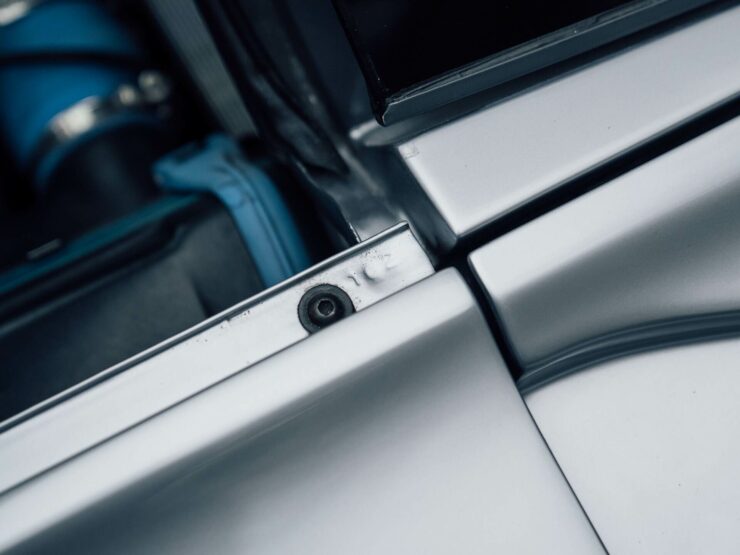
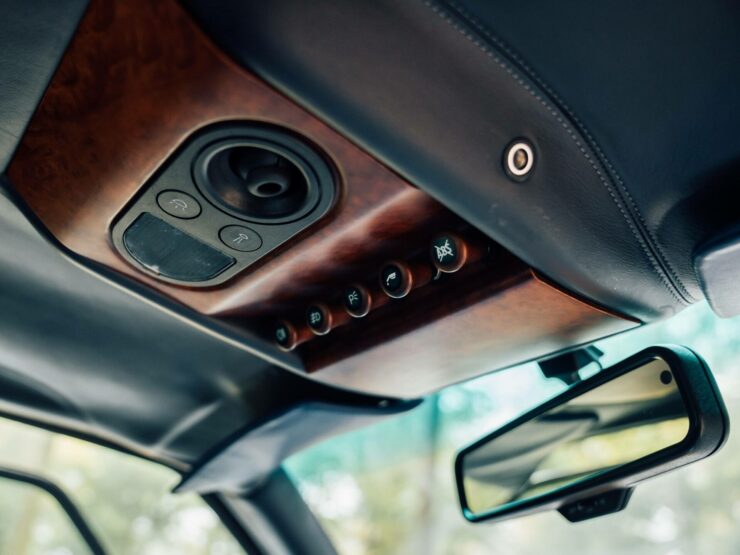
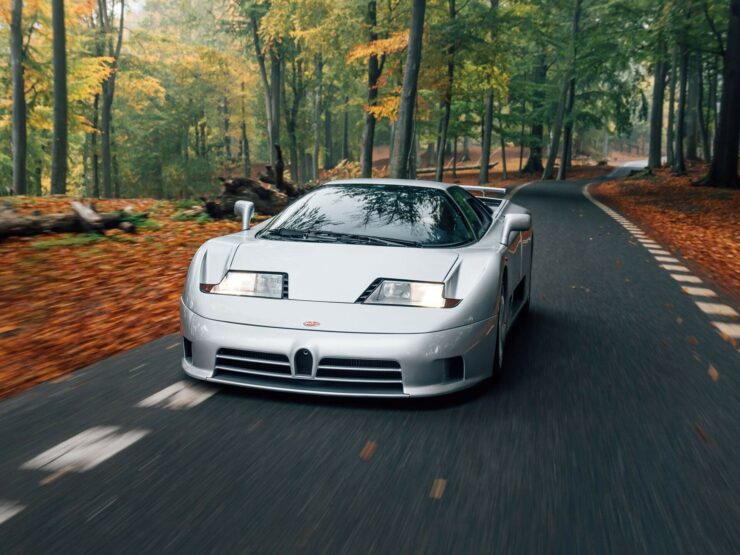
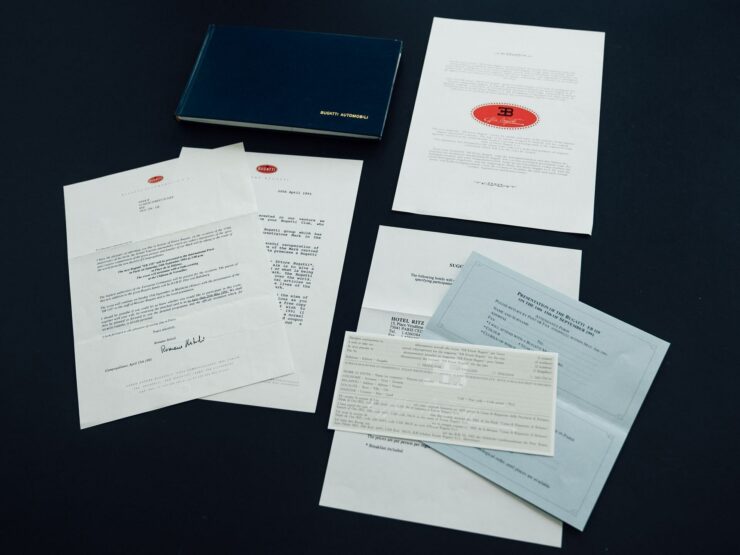
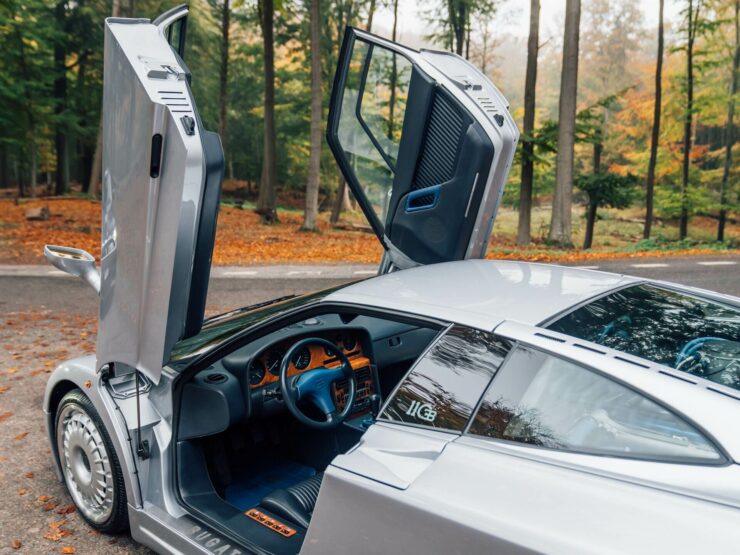
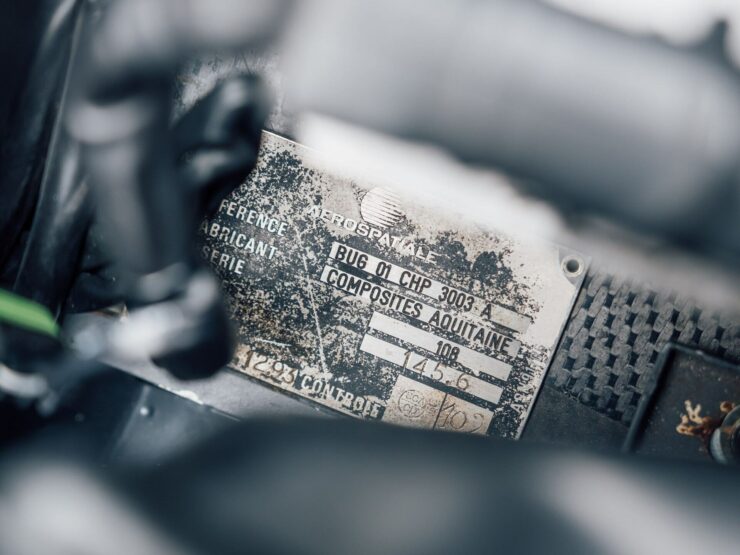
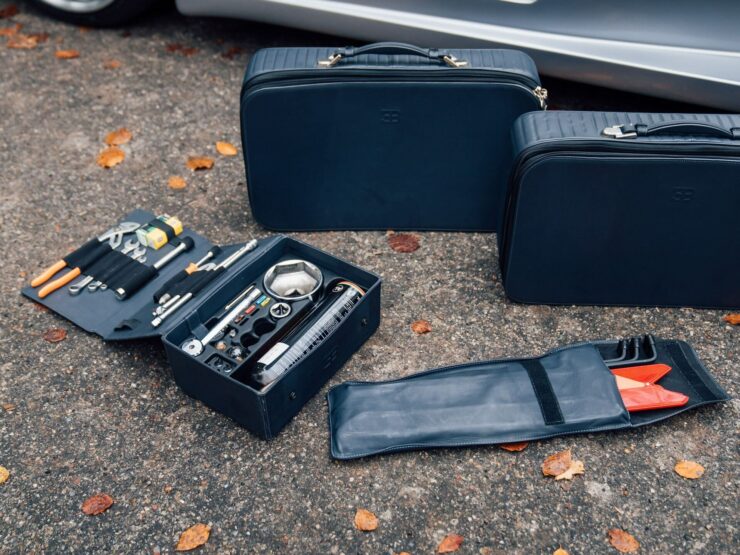
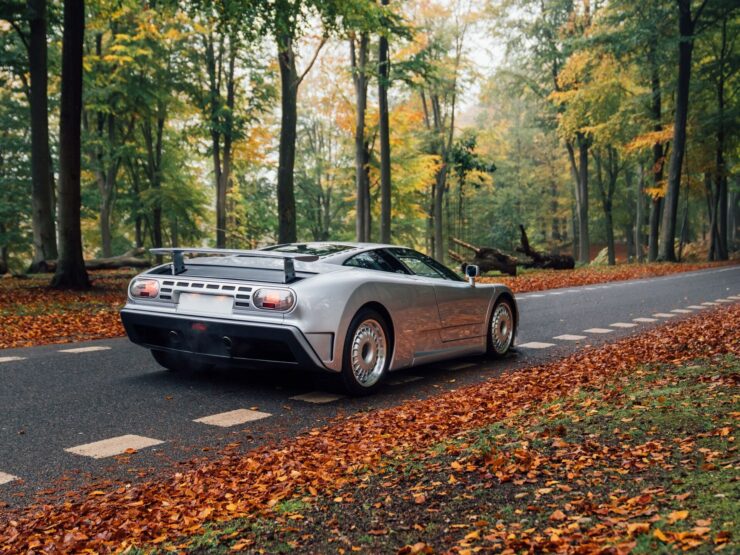
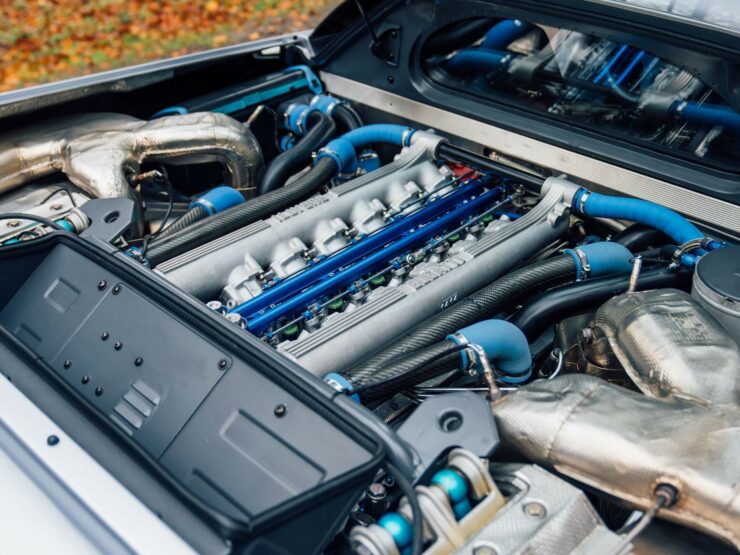
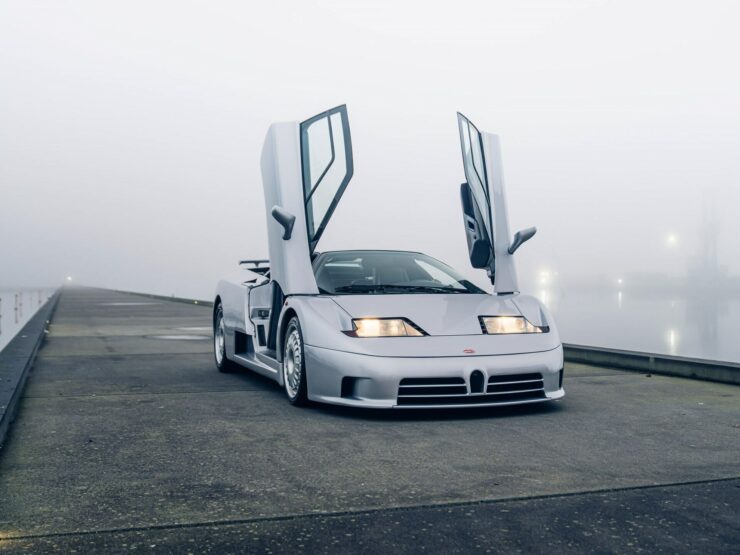
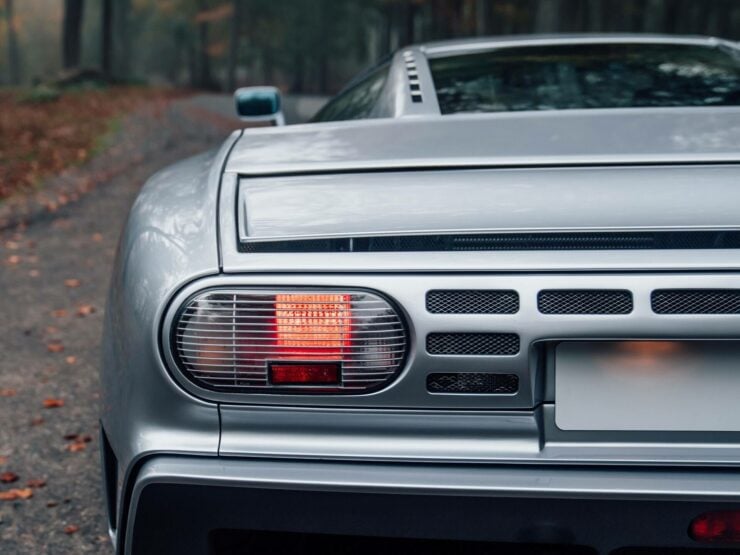
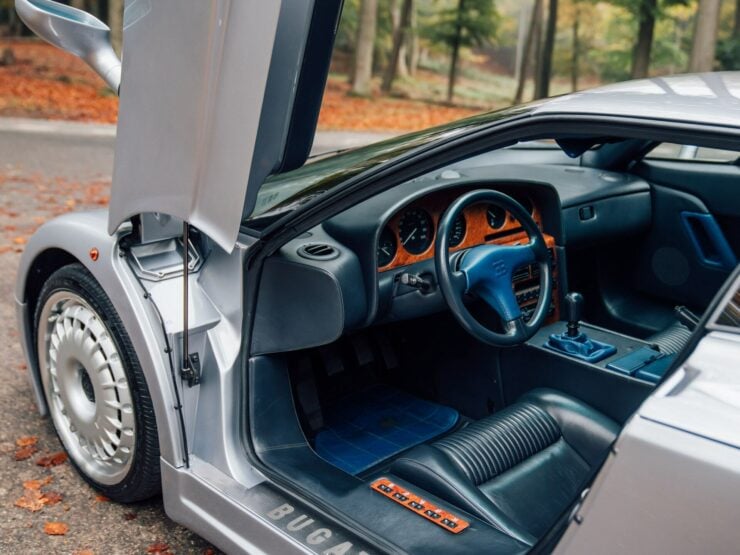
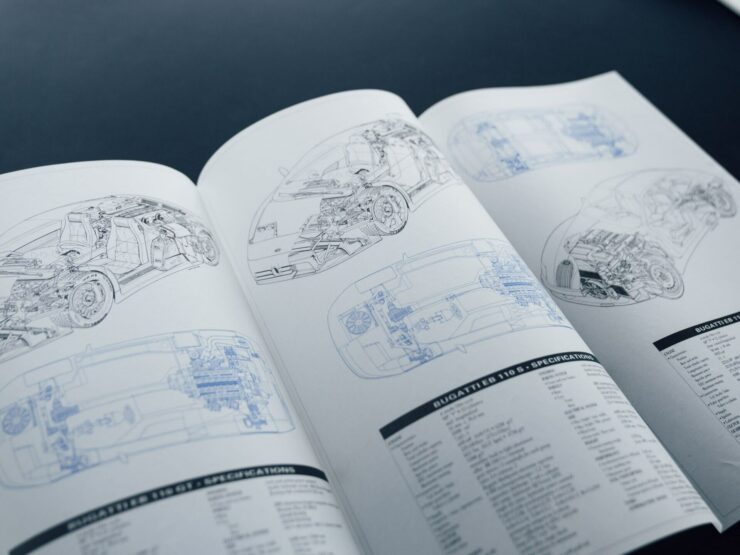
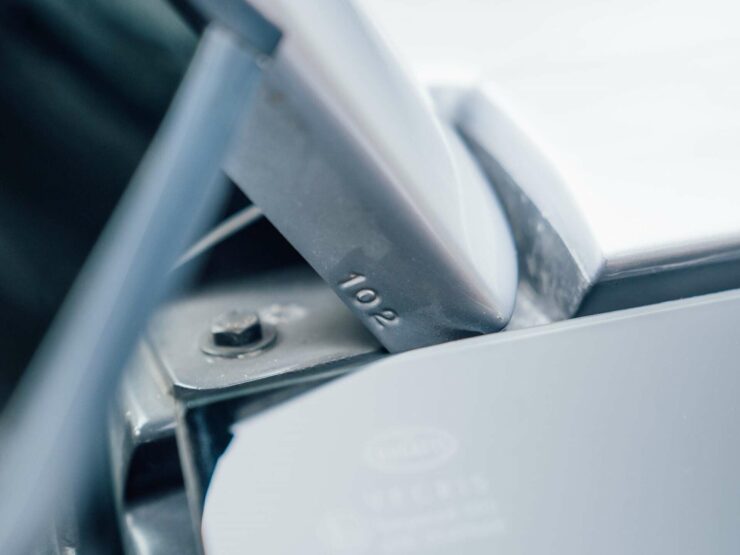
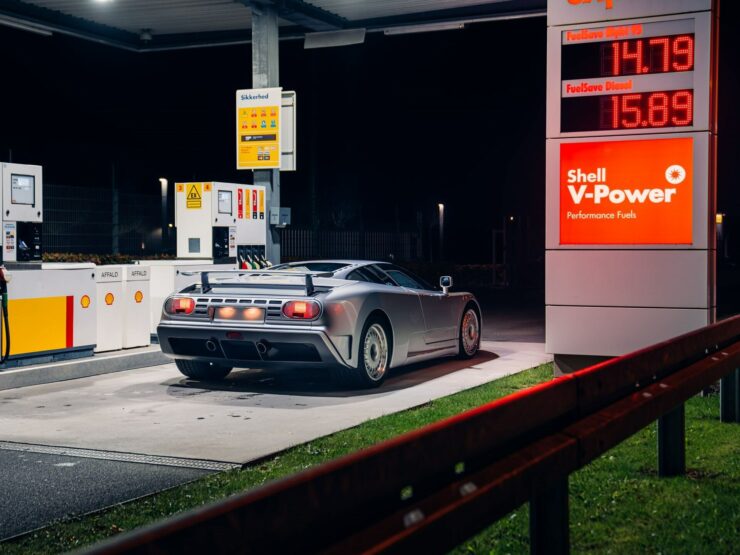
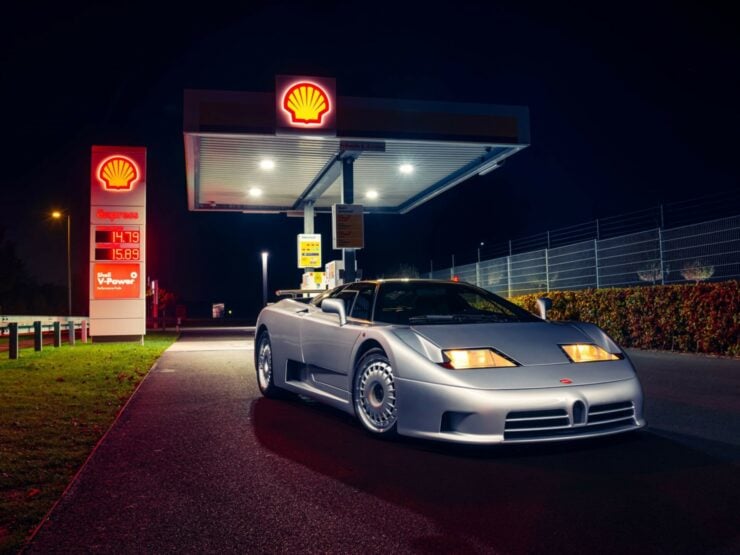
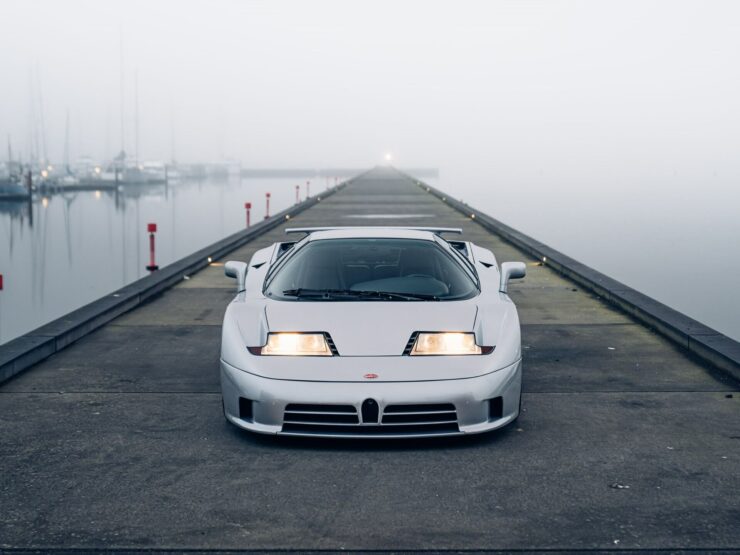
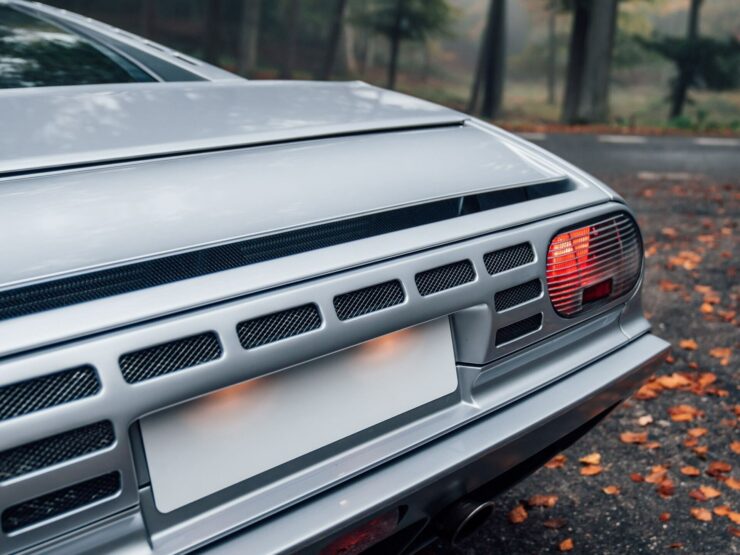
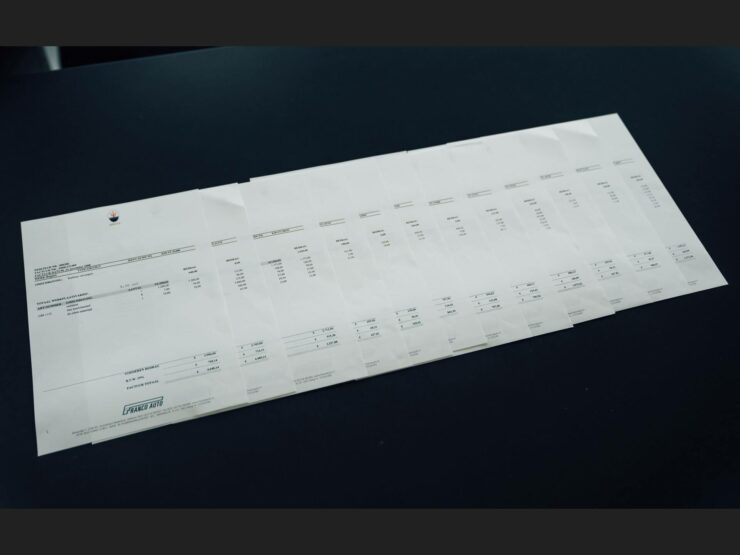
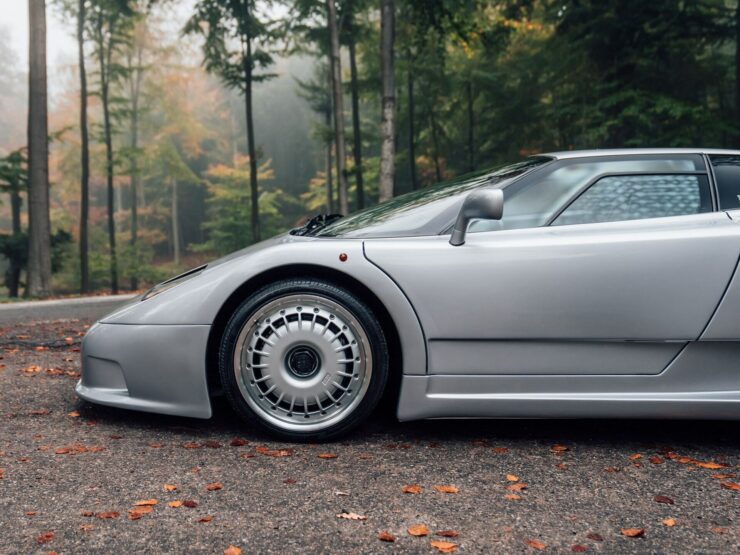
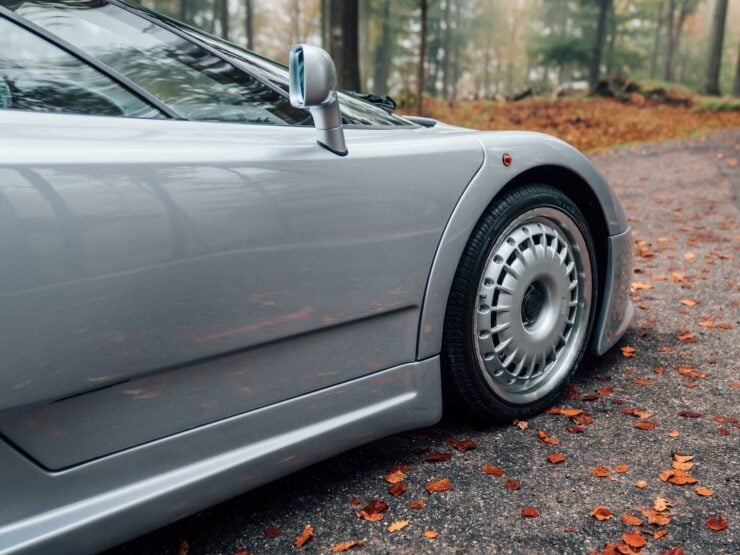
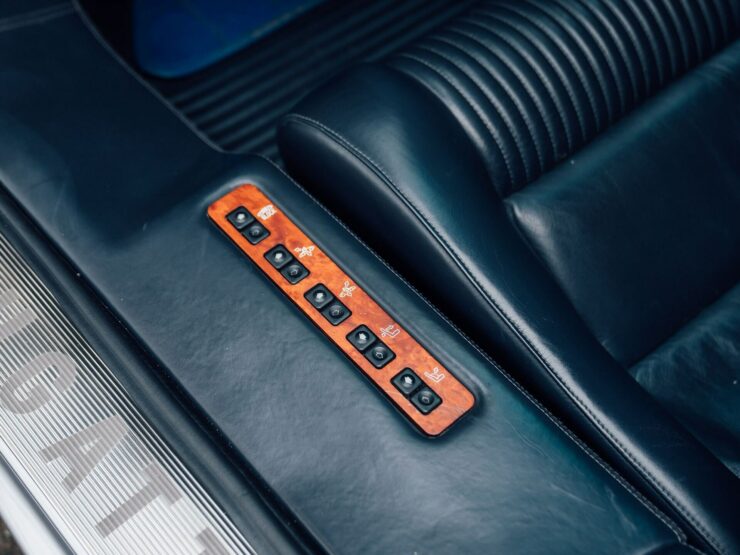
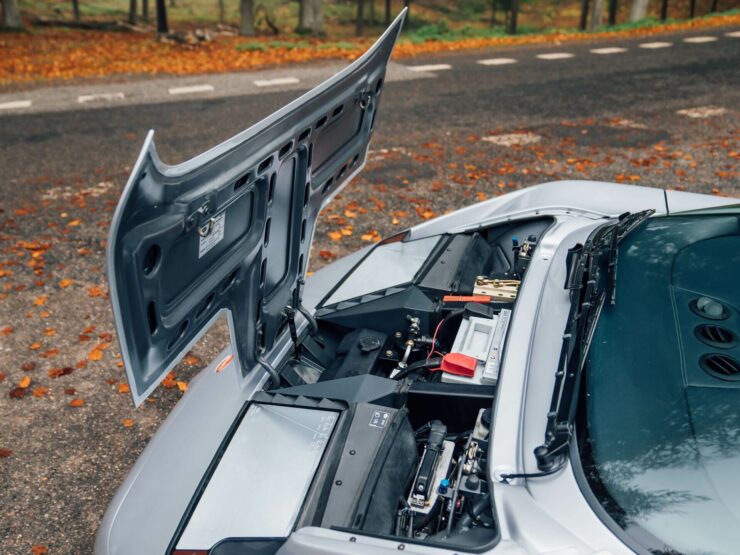
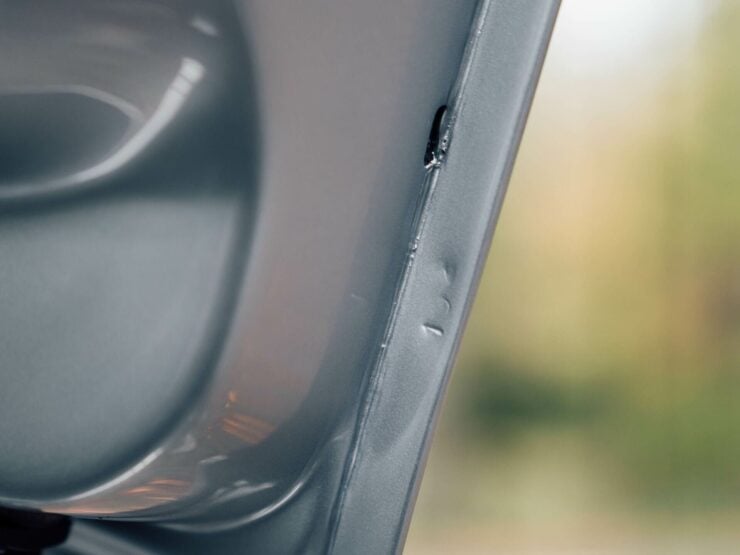
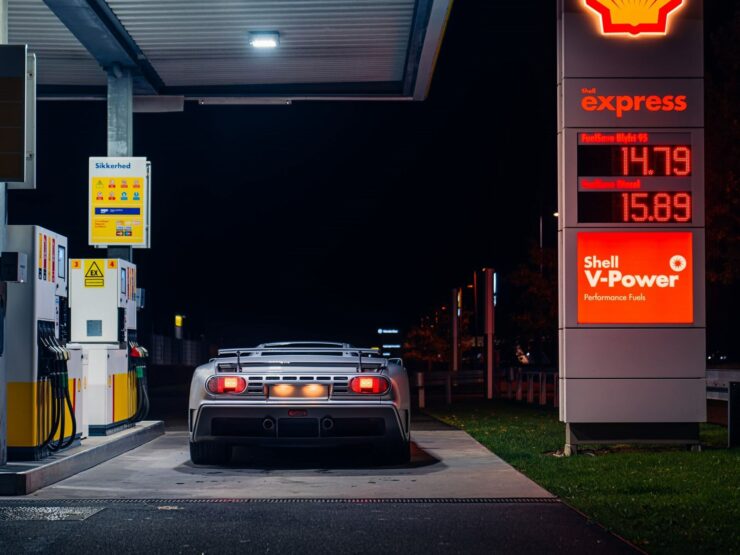
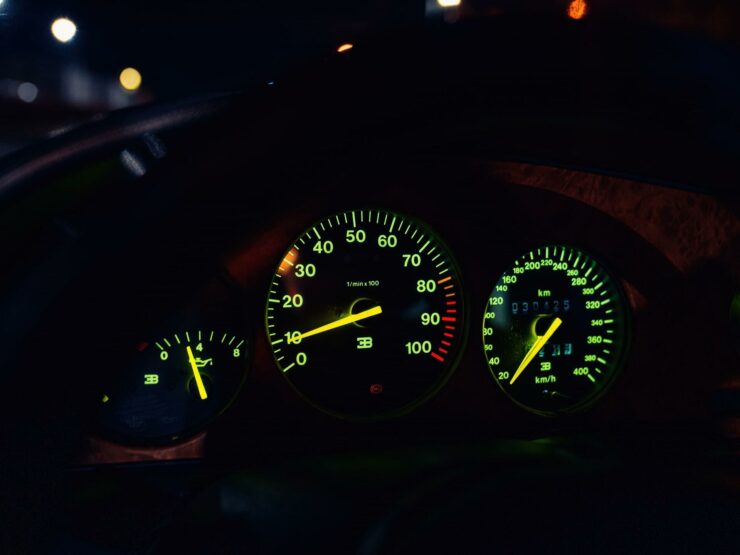
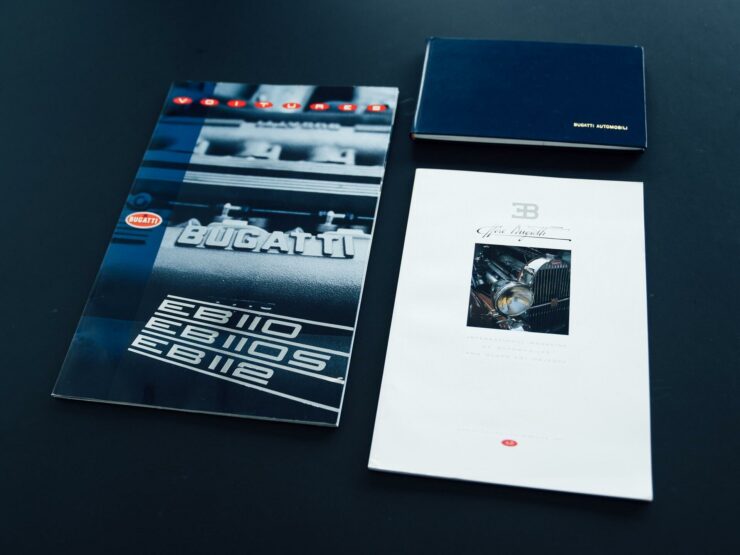
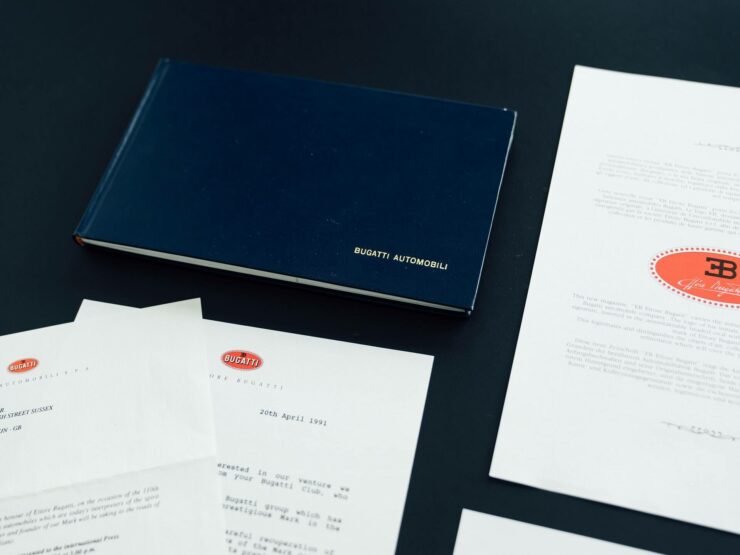
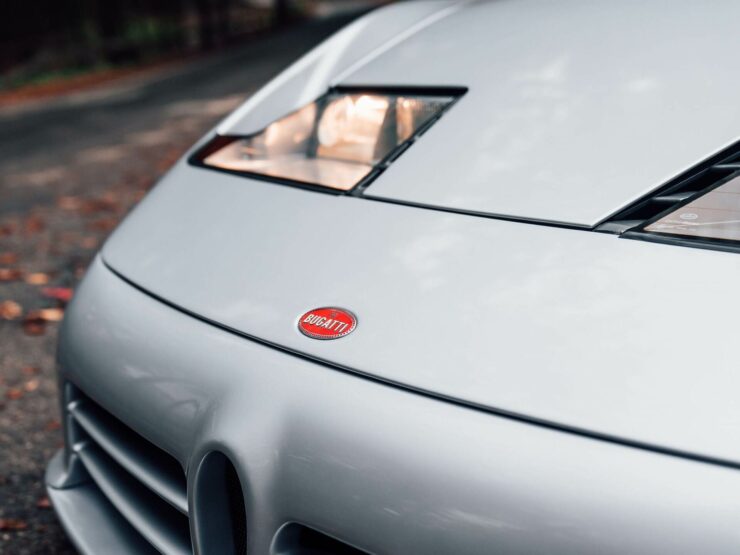
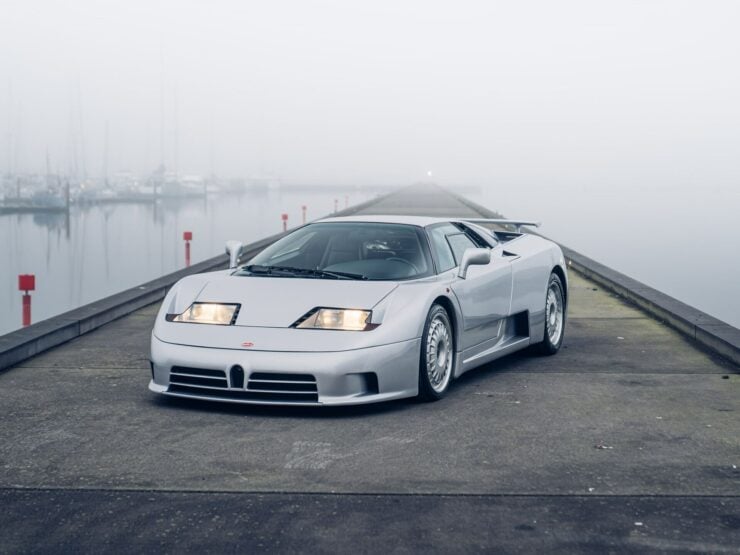
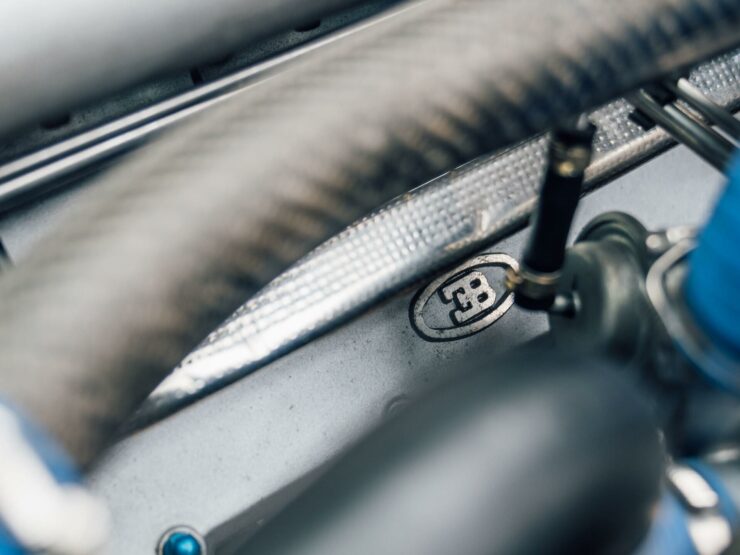
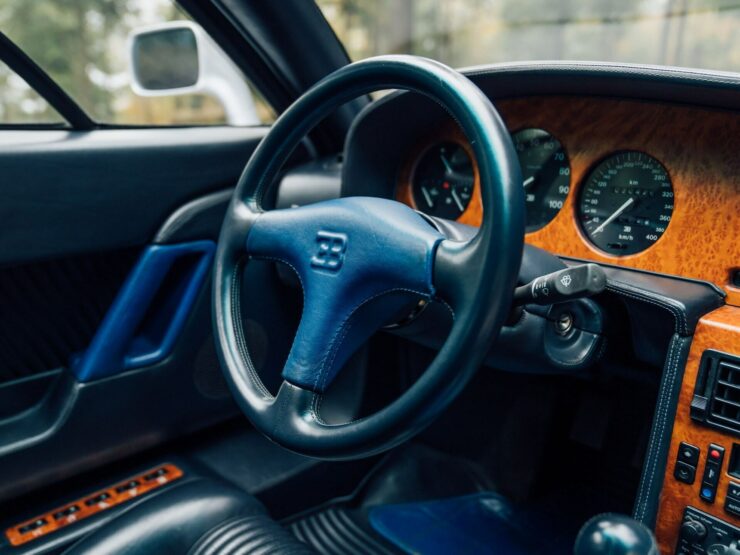
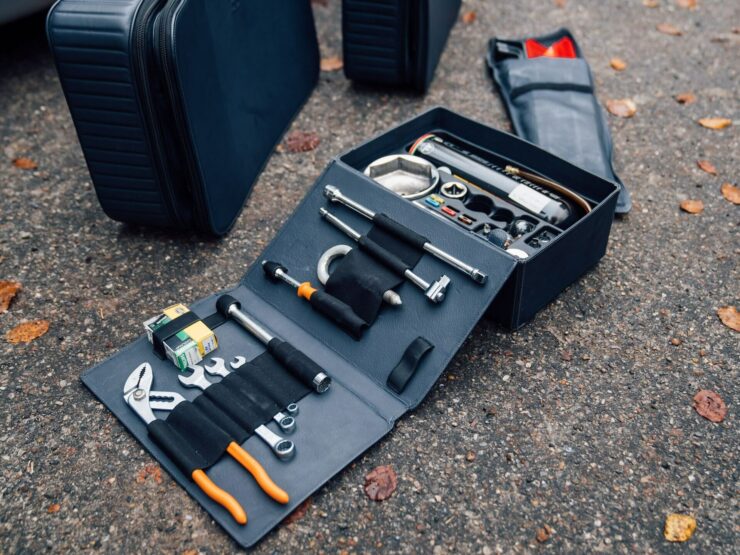
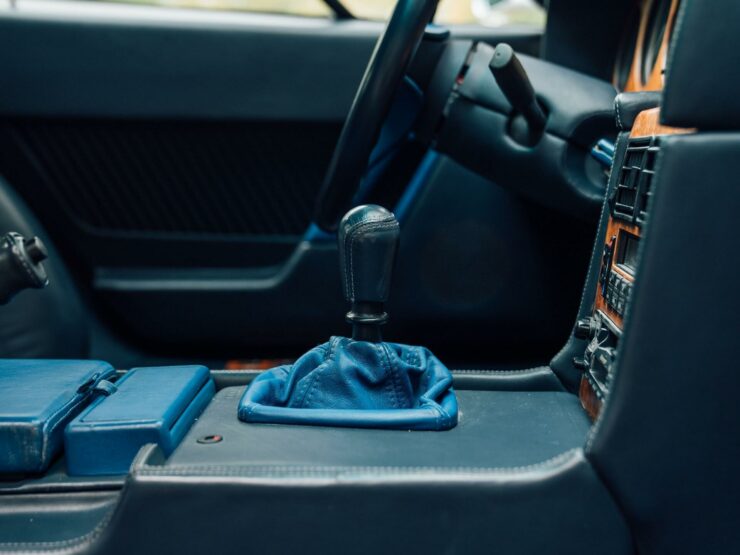

Jon Branch has written countless official automobile Buying Guides for eBay Motors over the years, he’s also written for Hagerty, he’s a long time contributor to Silodrome and the official SSAA Magazine, and he’s the founder and senior editor of Revivaler.
Jon has done radio, television, magazine, and newspaper interviews on various issues, and has traveled extensively, having lived in Britain, Australia, China, and Hong Kong. The fastest thing he’s ever driven was a Bolwell Nagari, the slowest was a Caterpillar D9, and the most challenging was a 1950’s MAN semi-trailer with unexpected brake failure.

